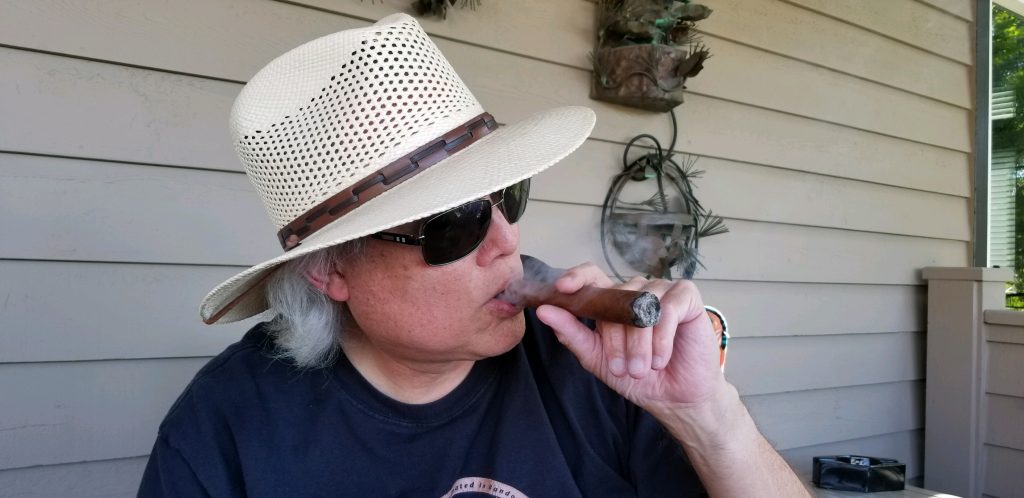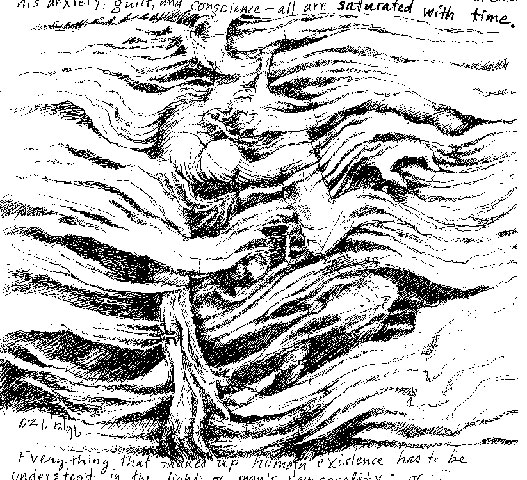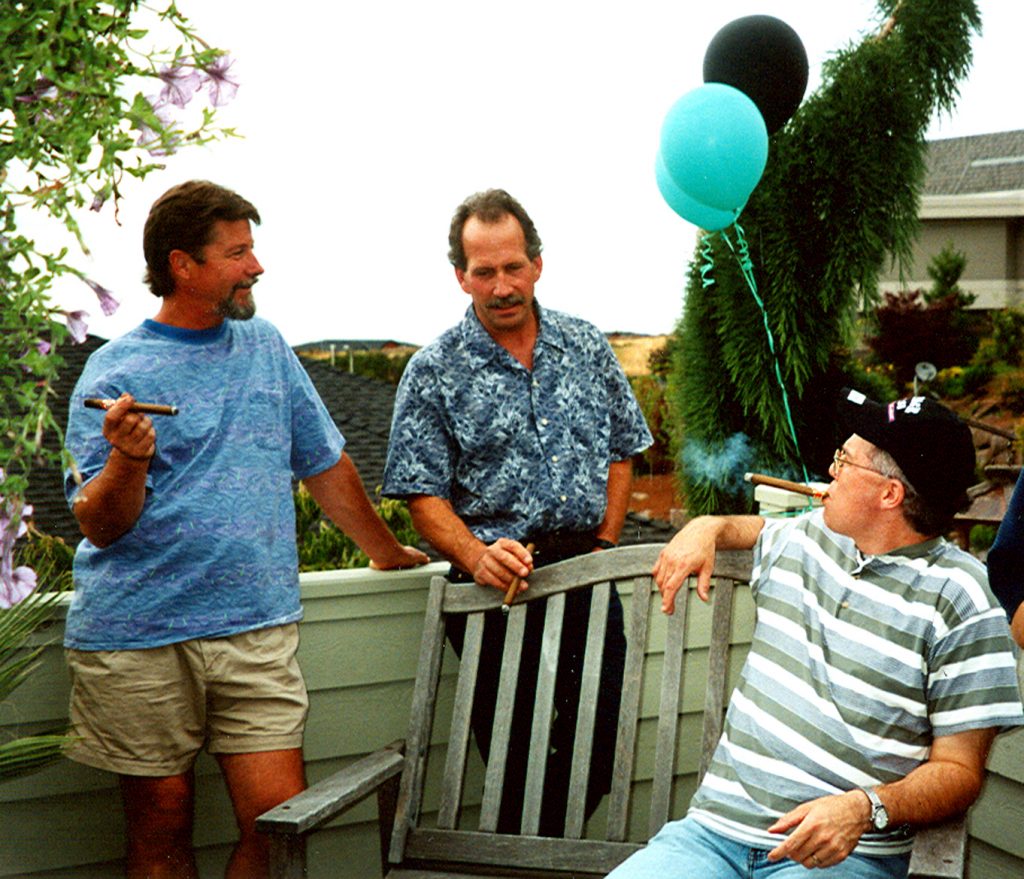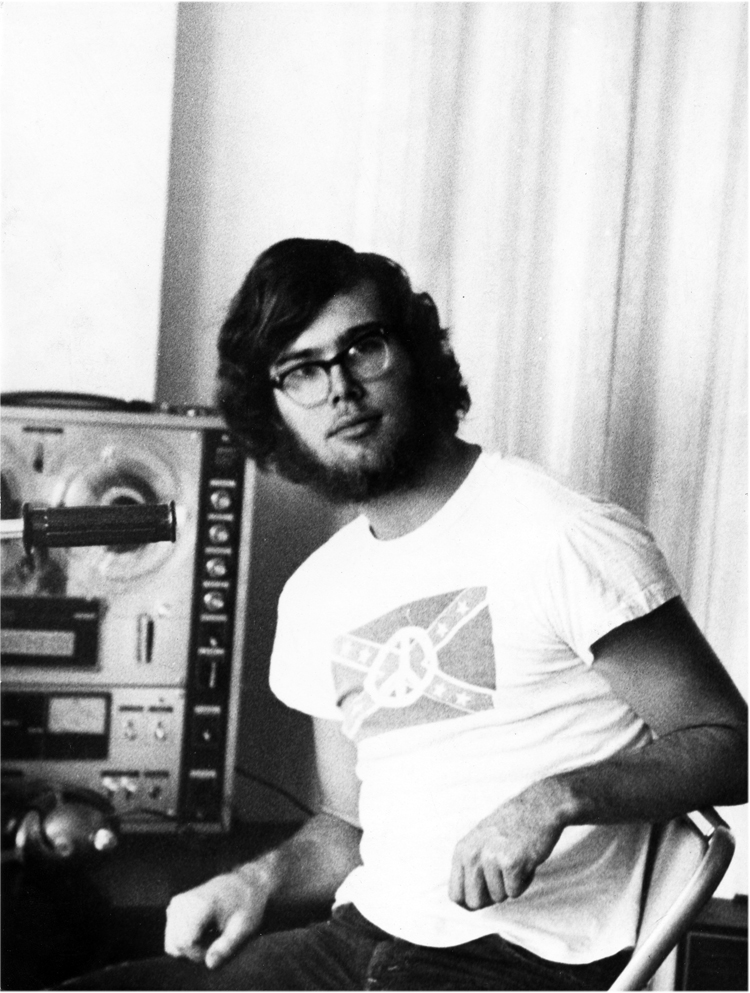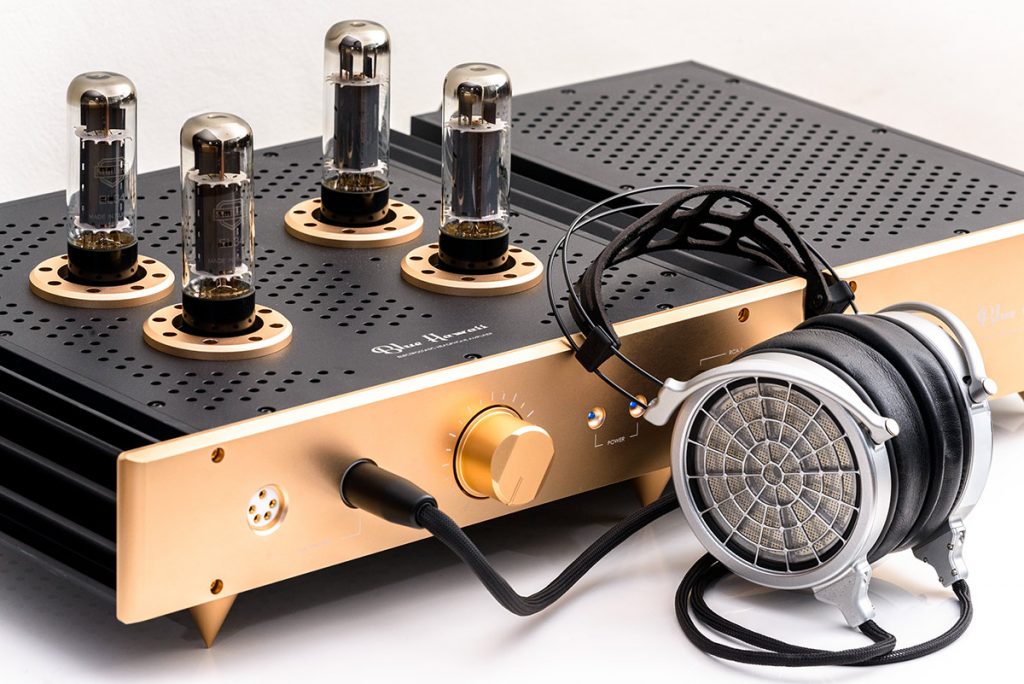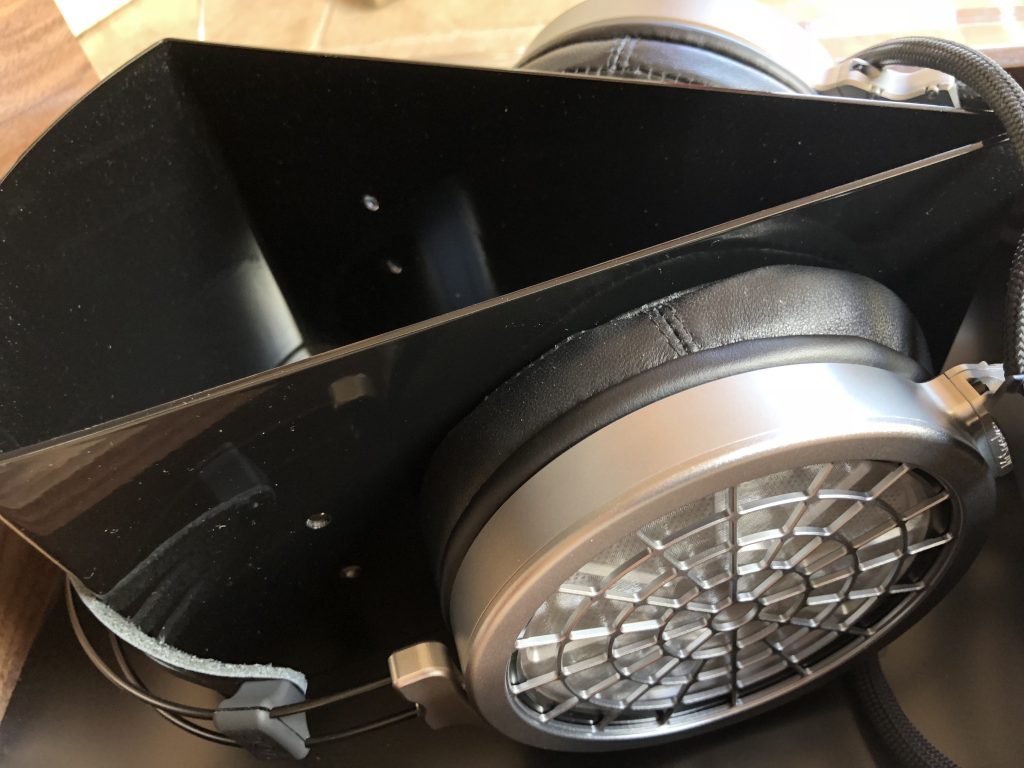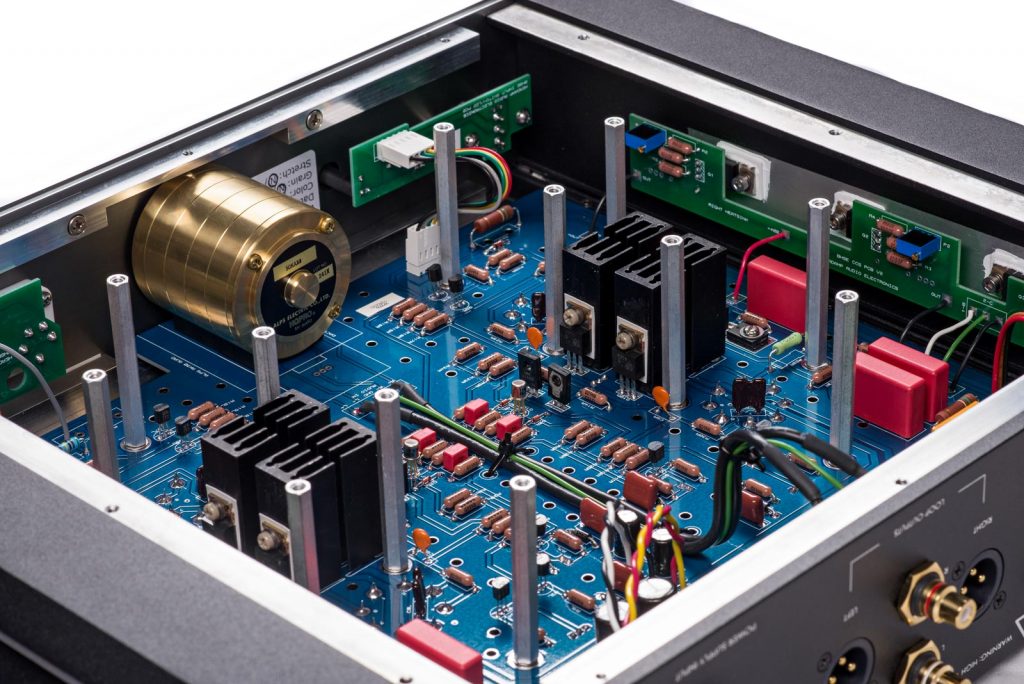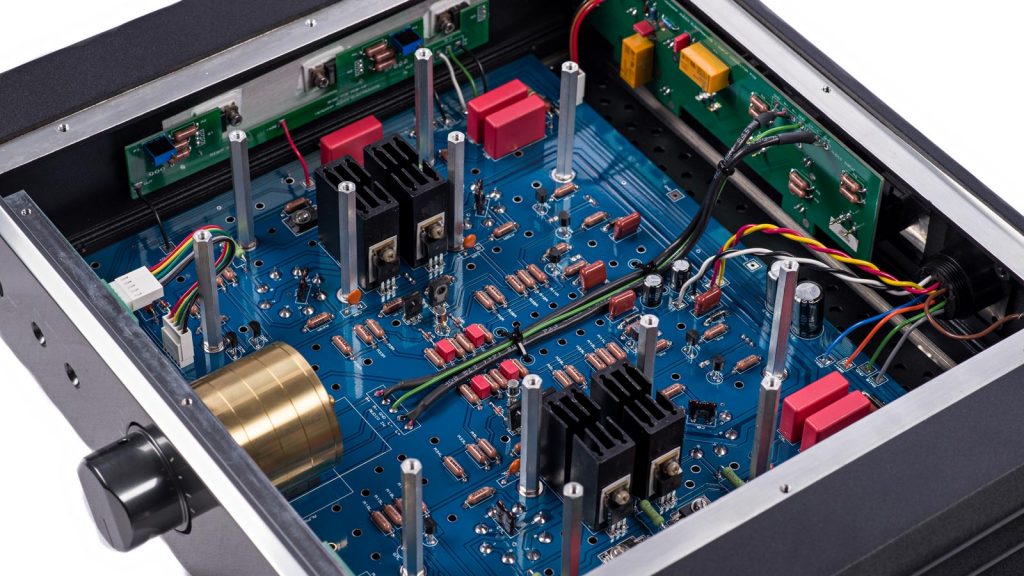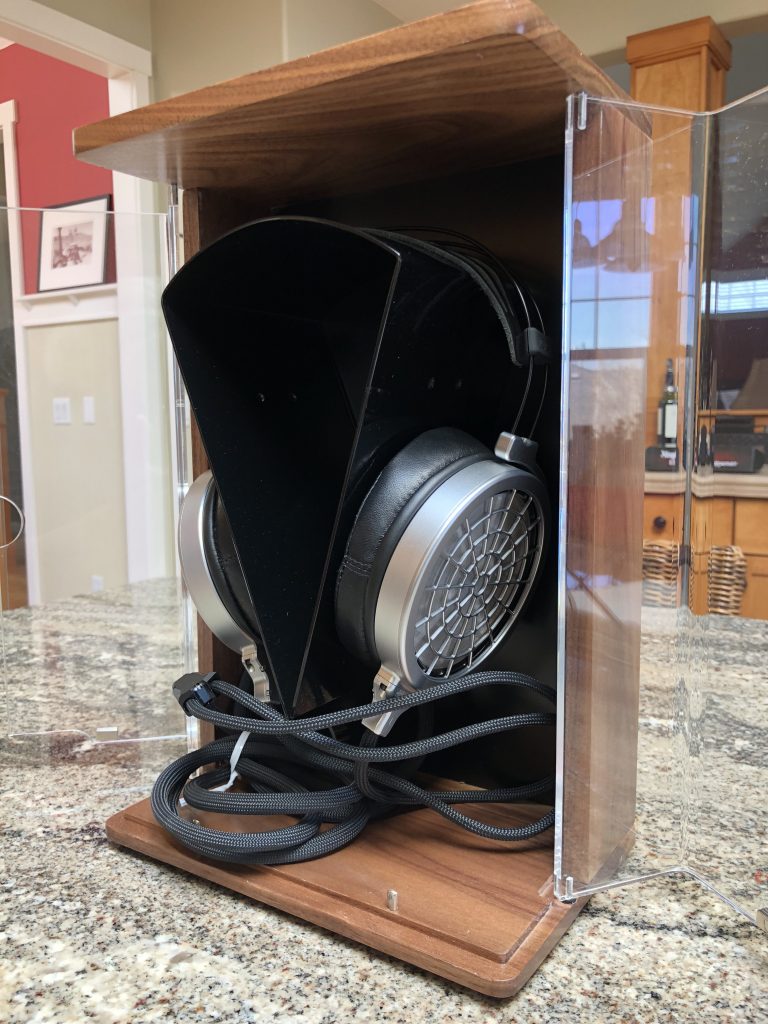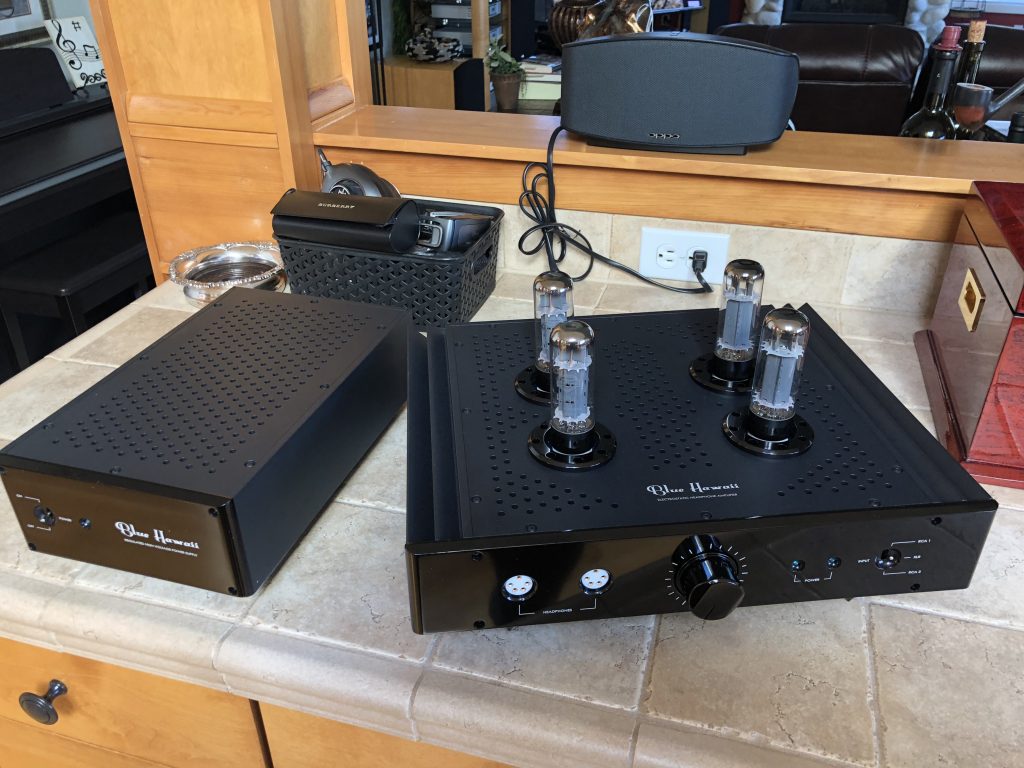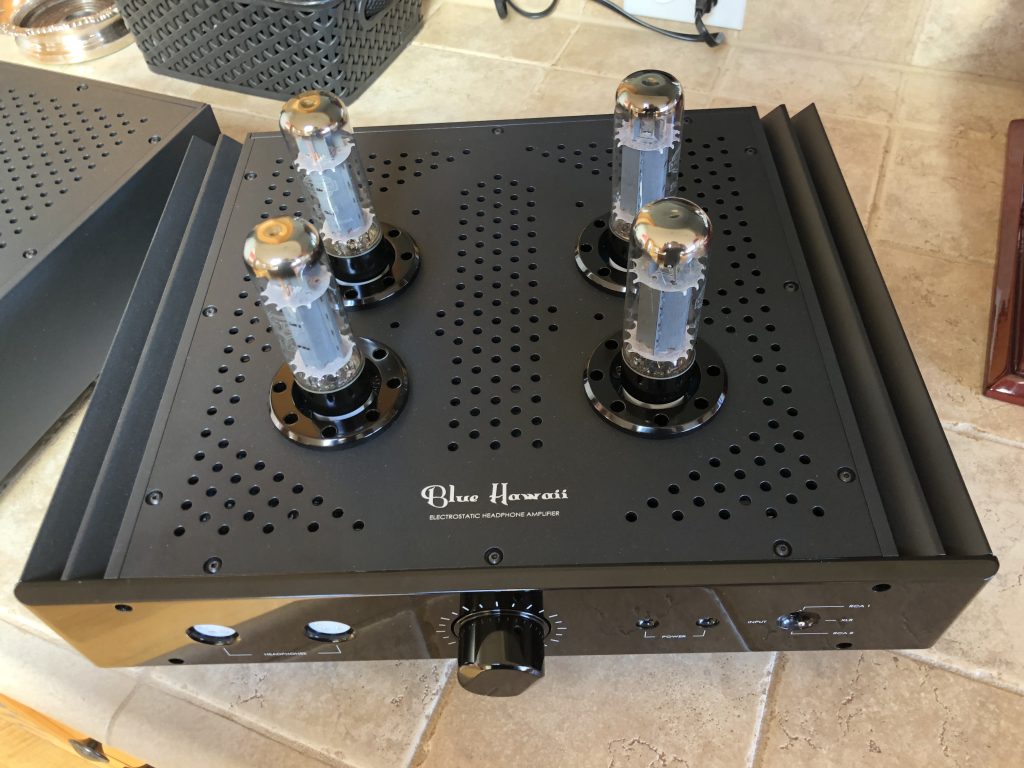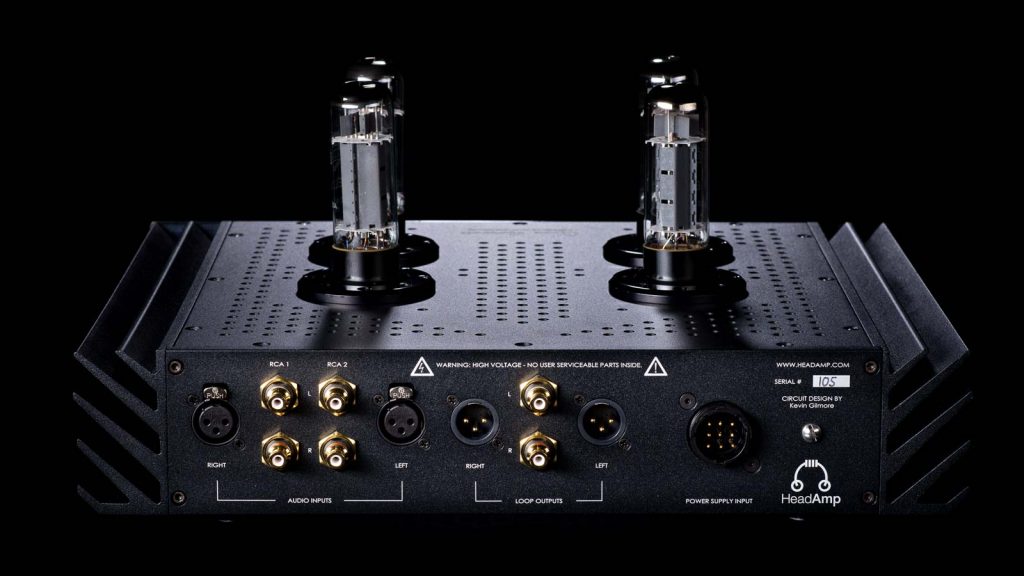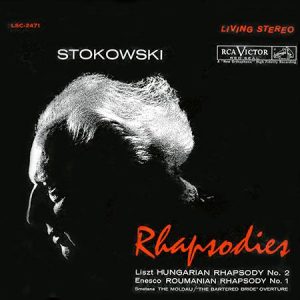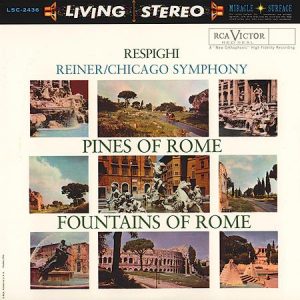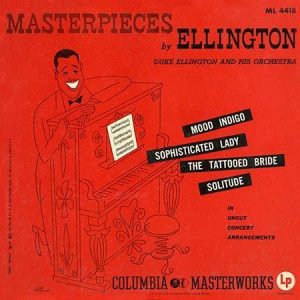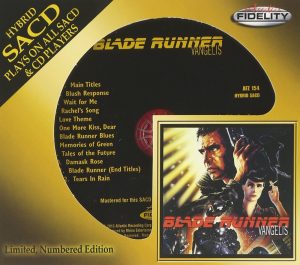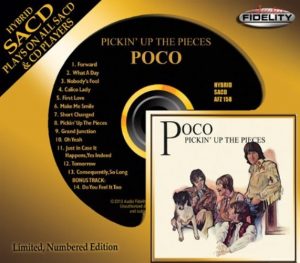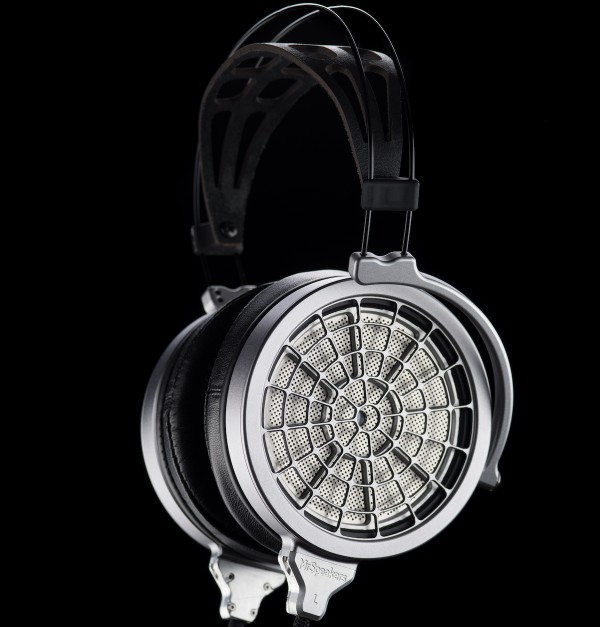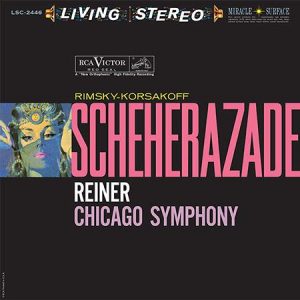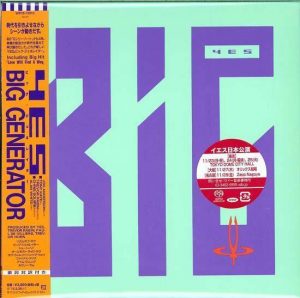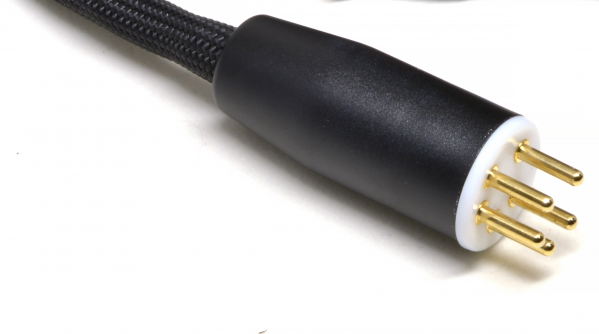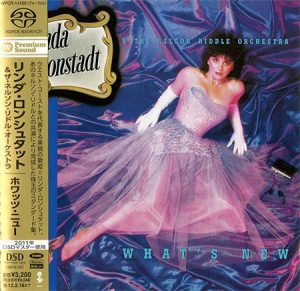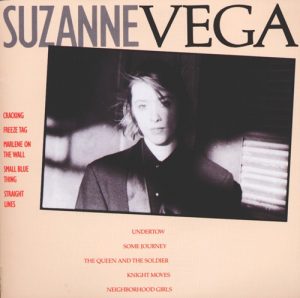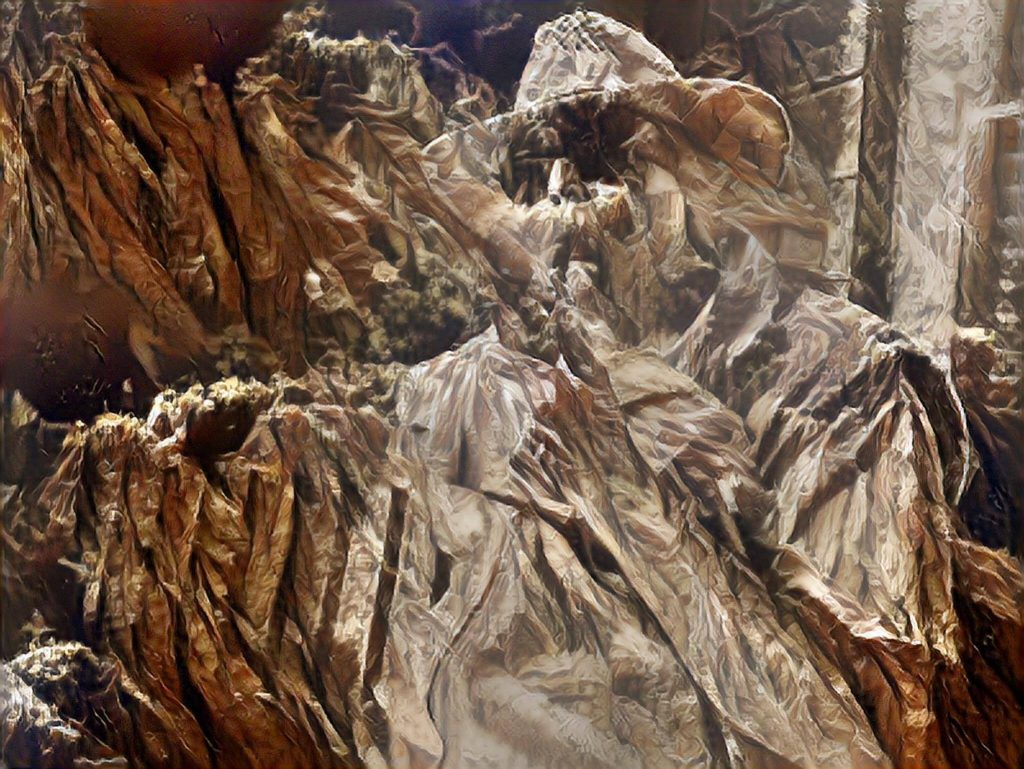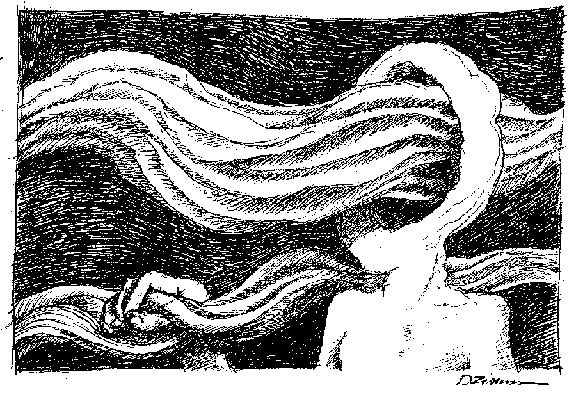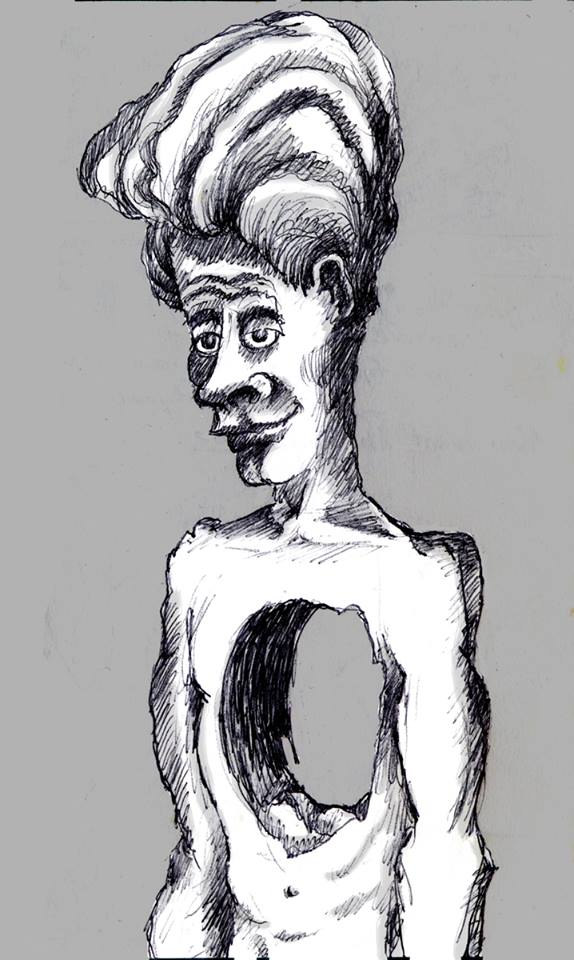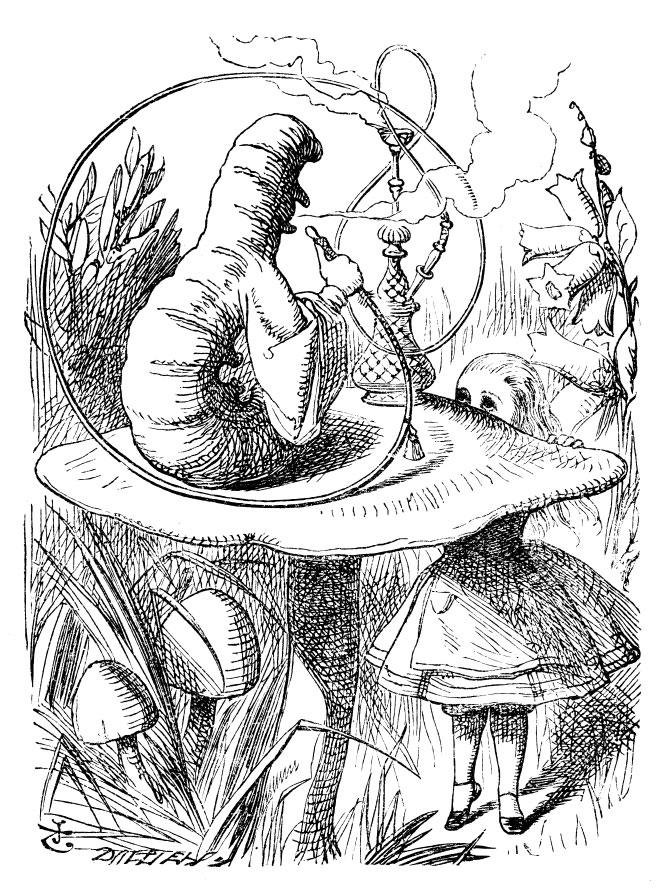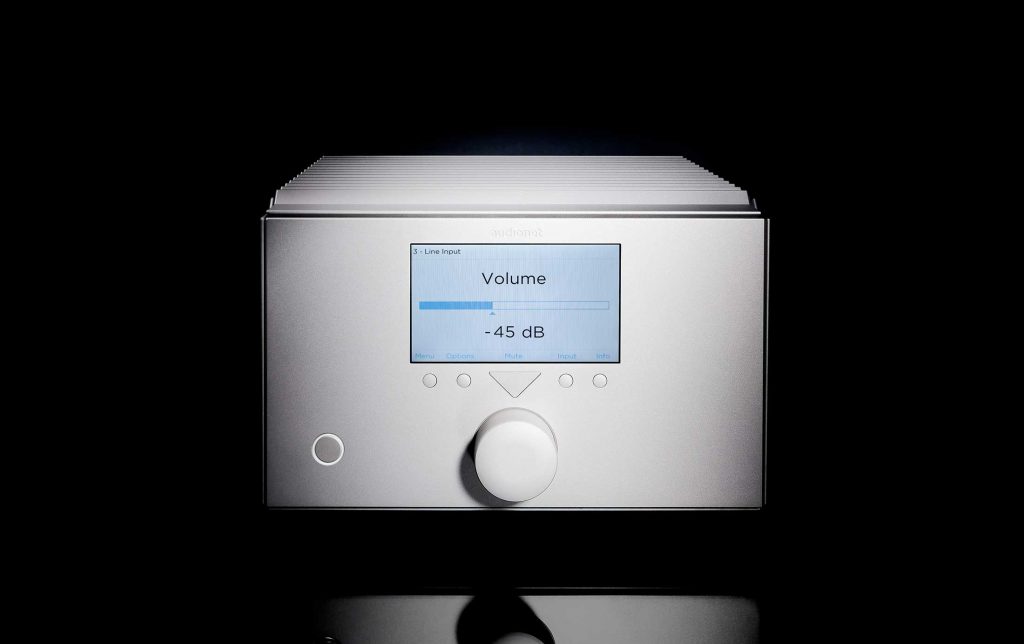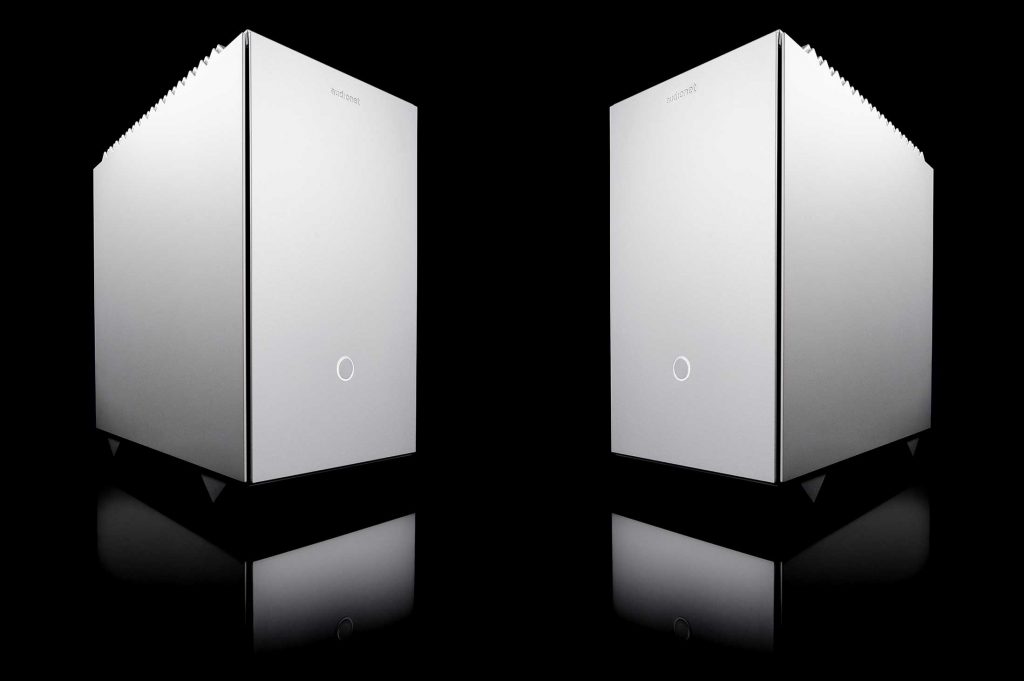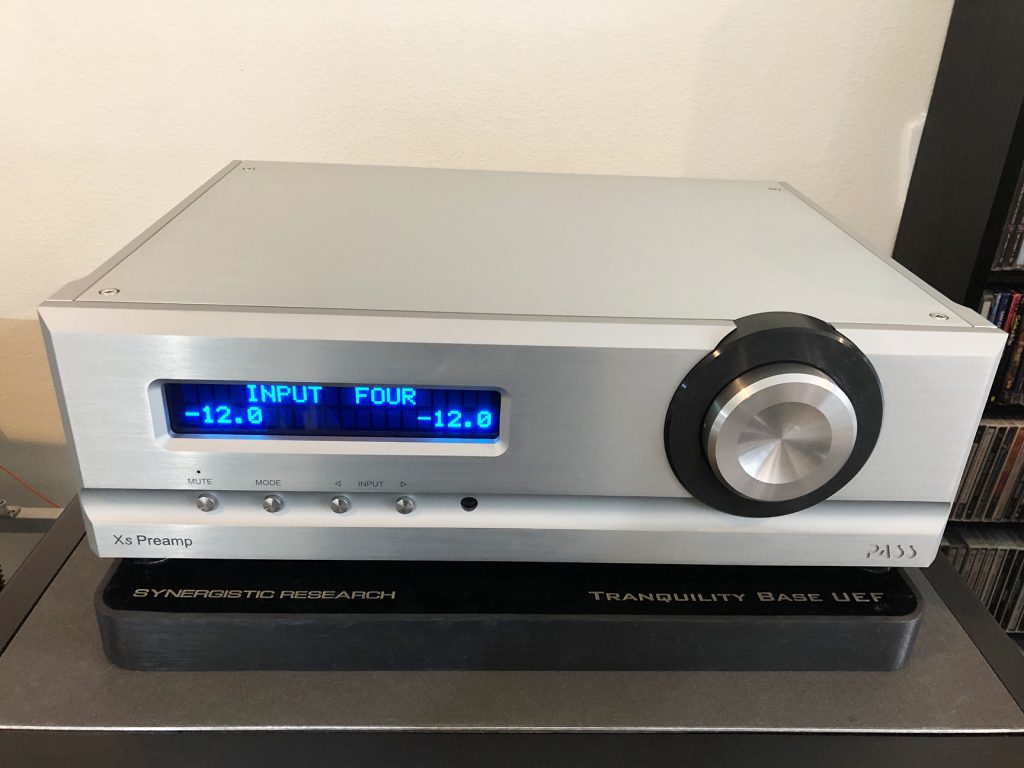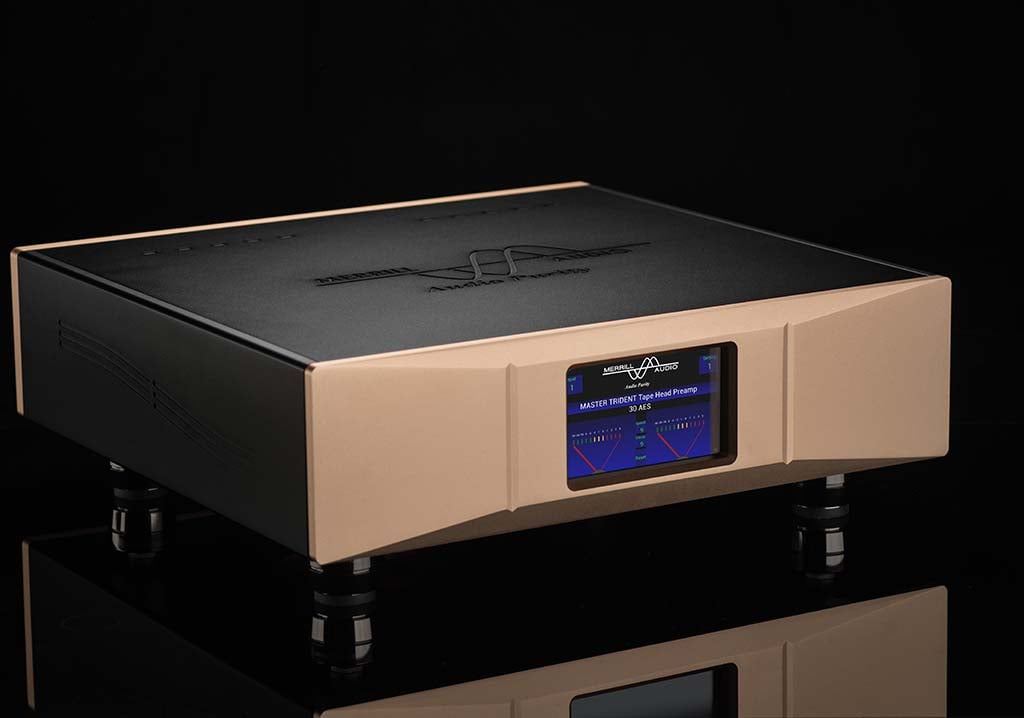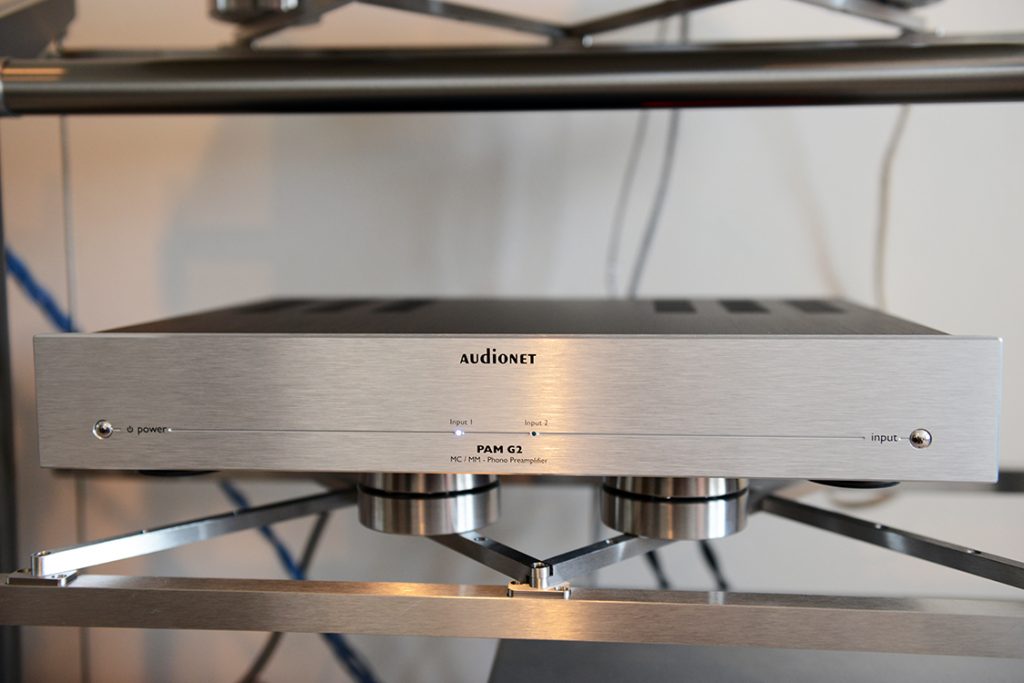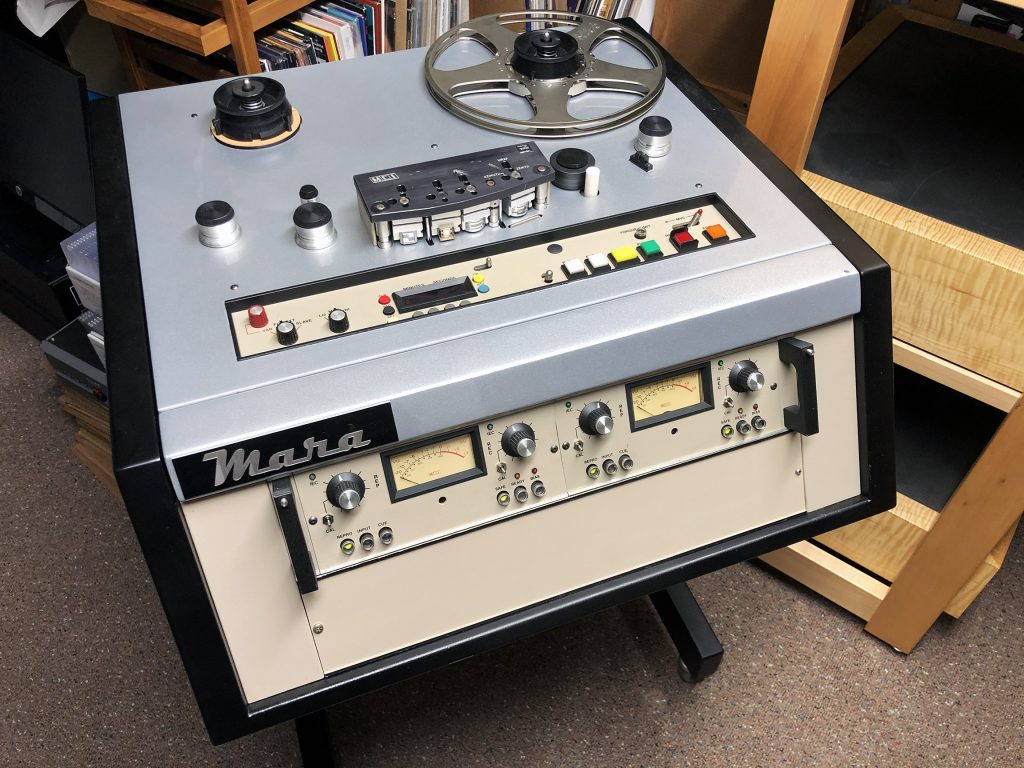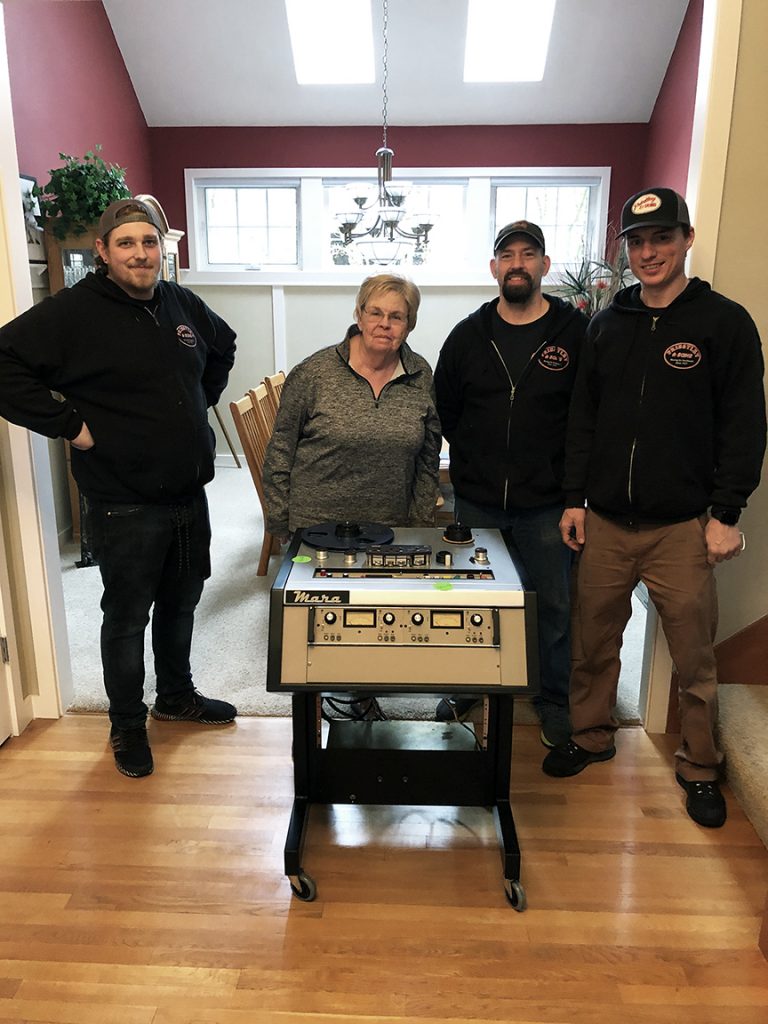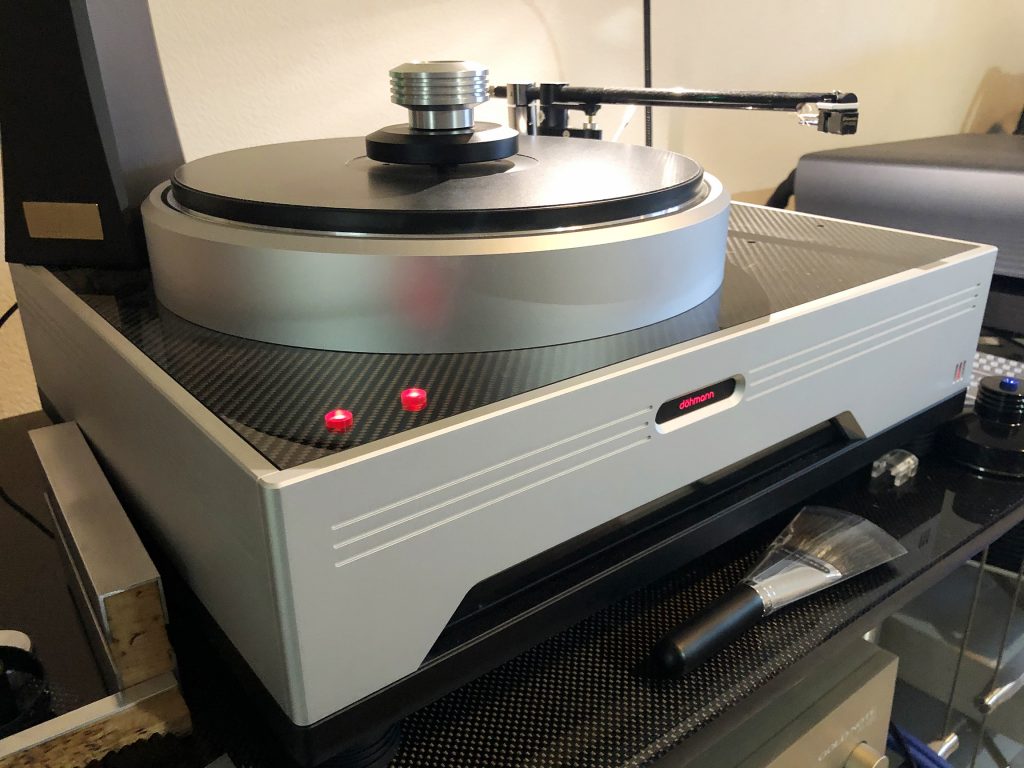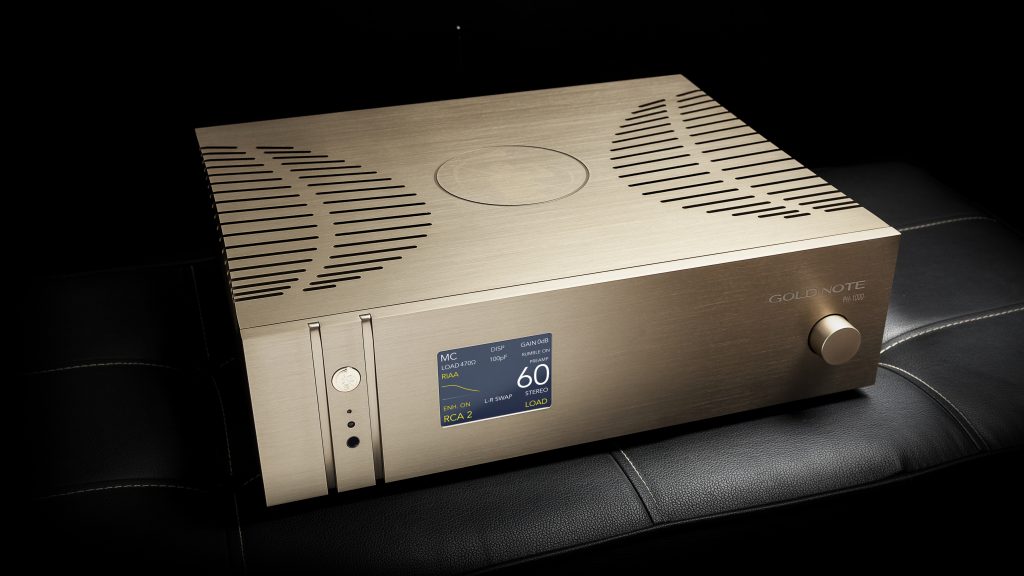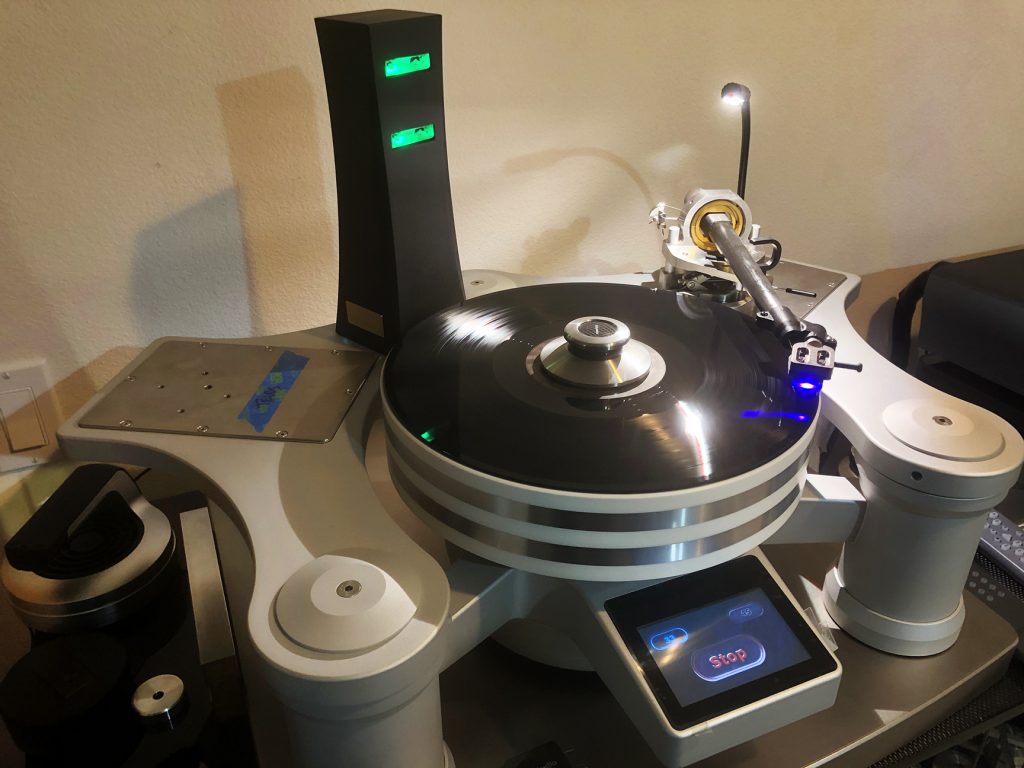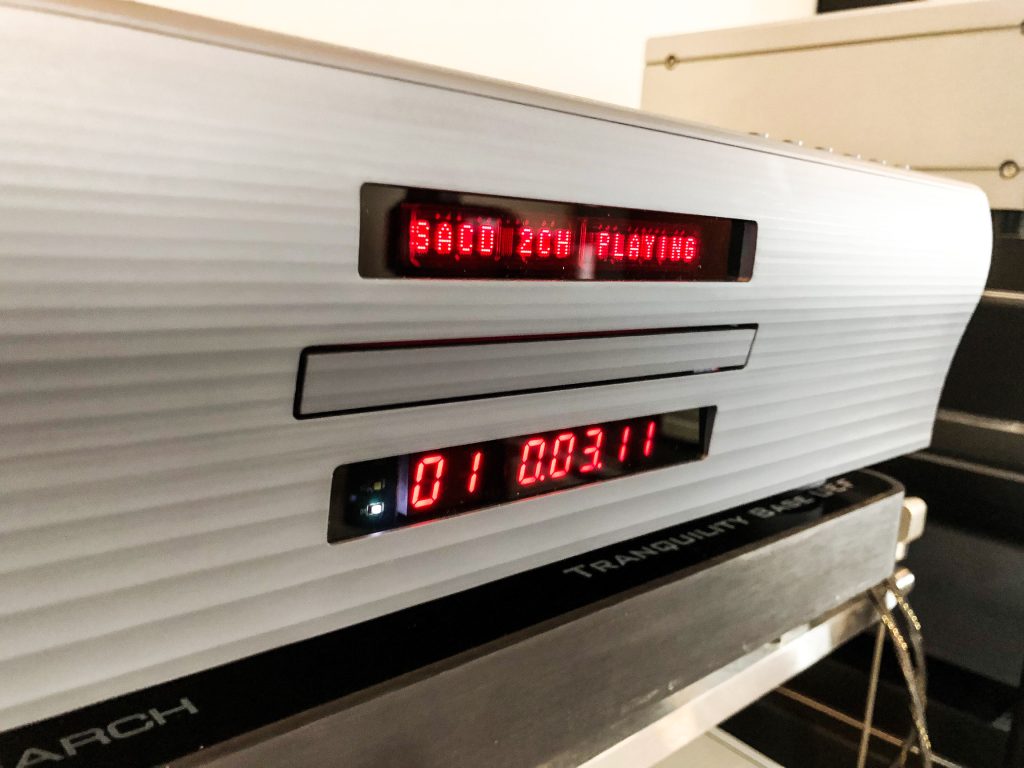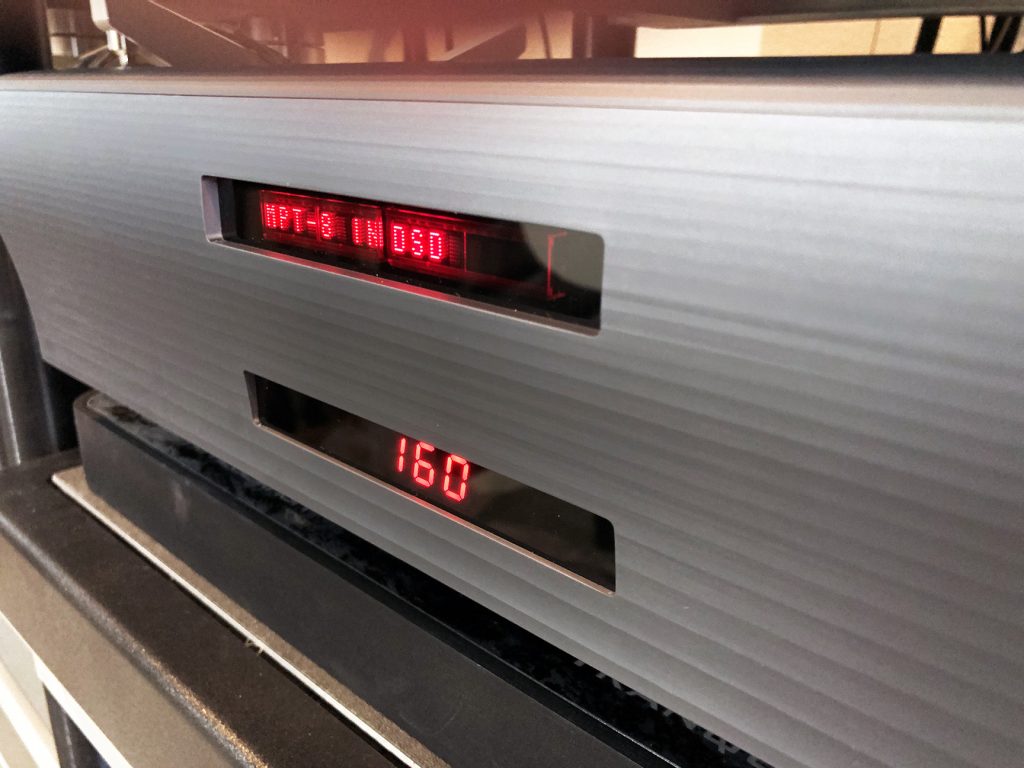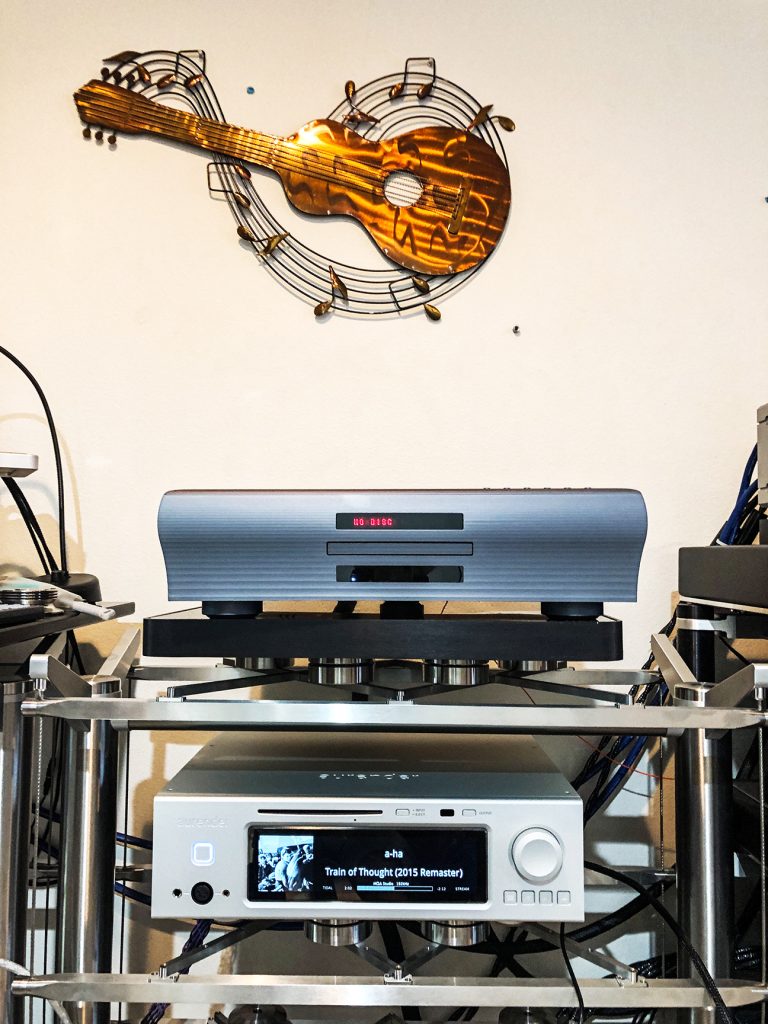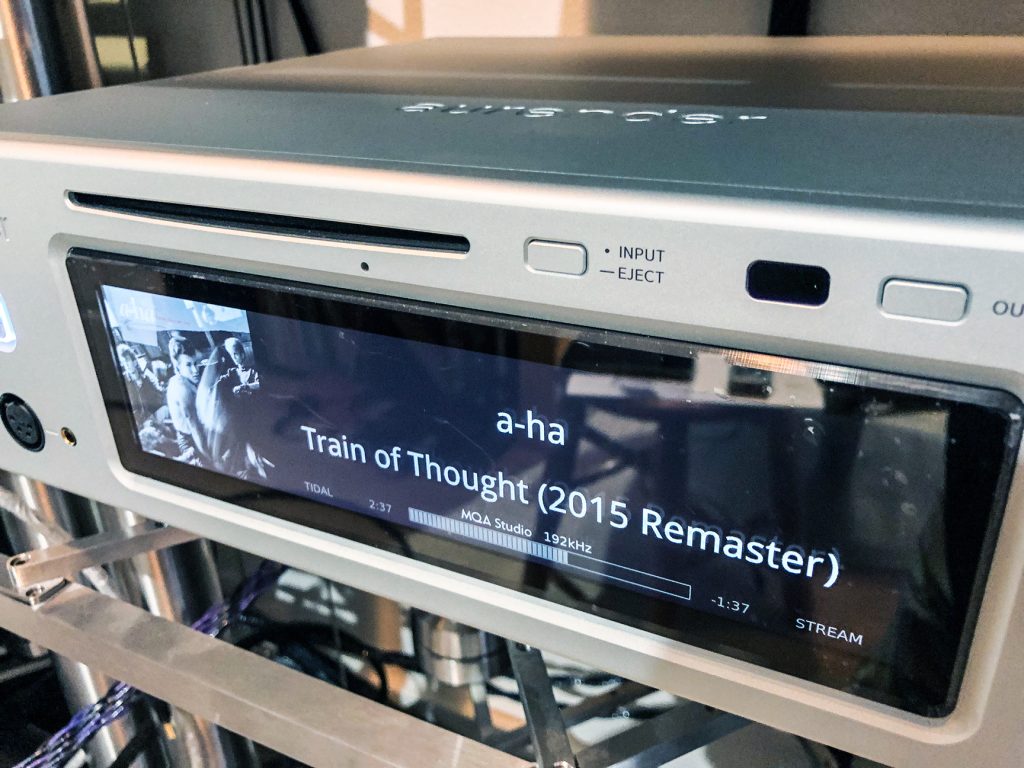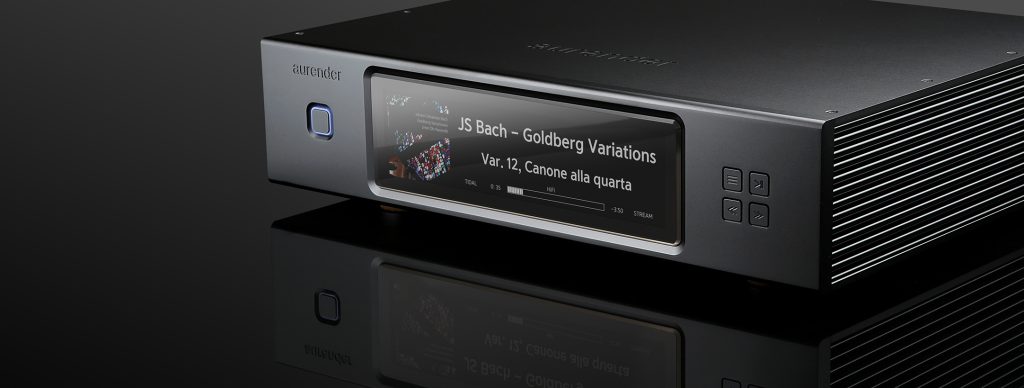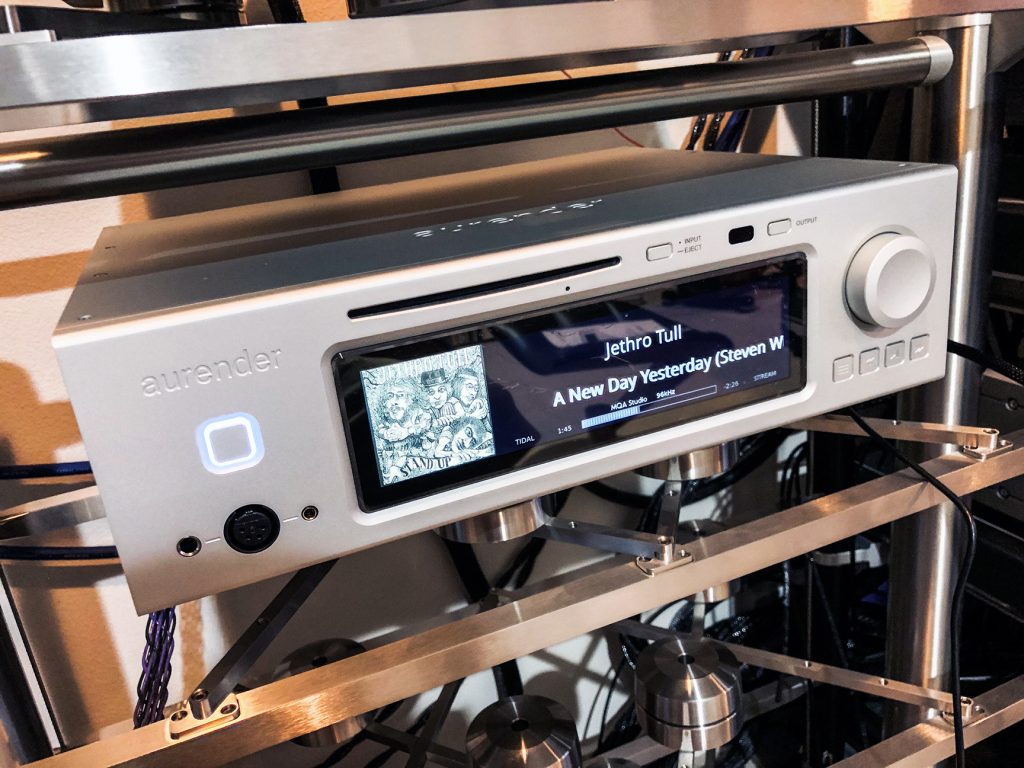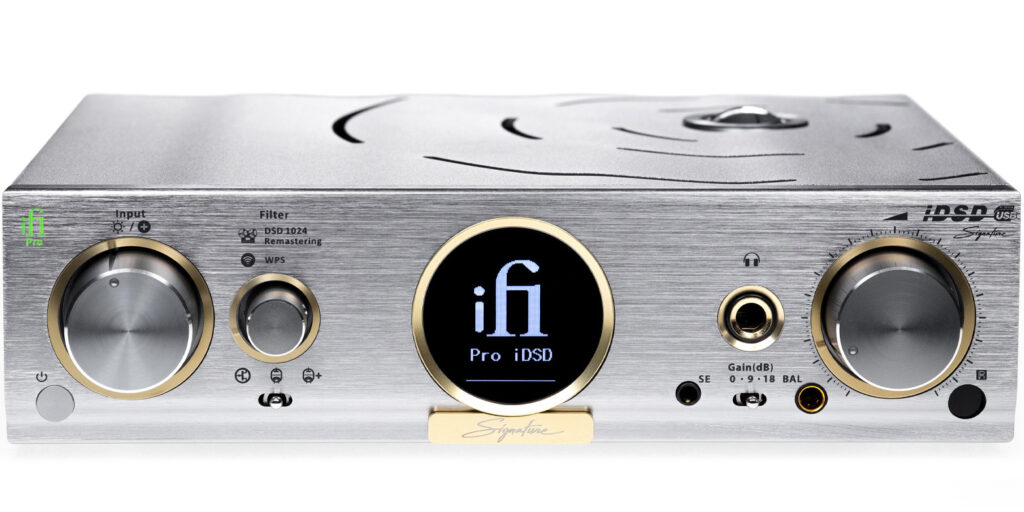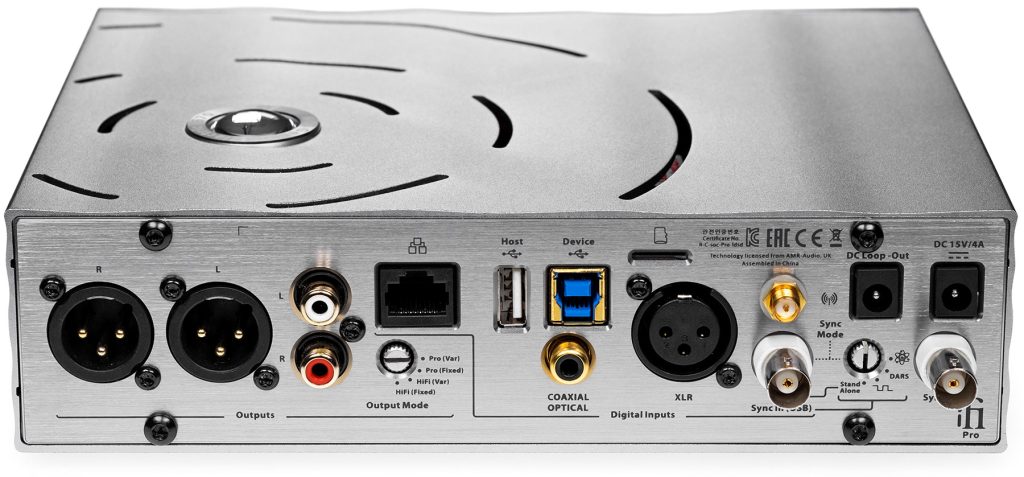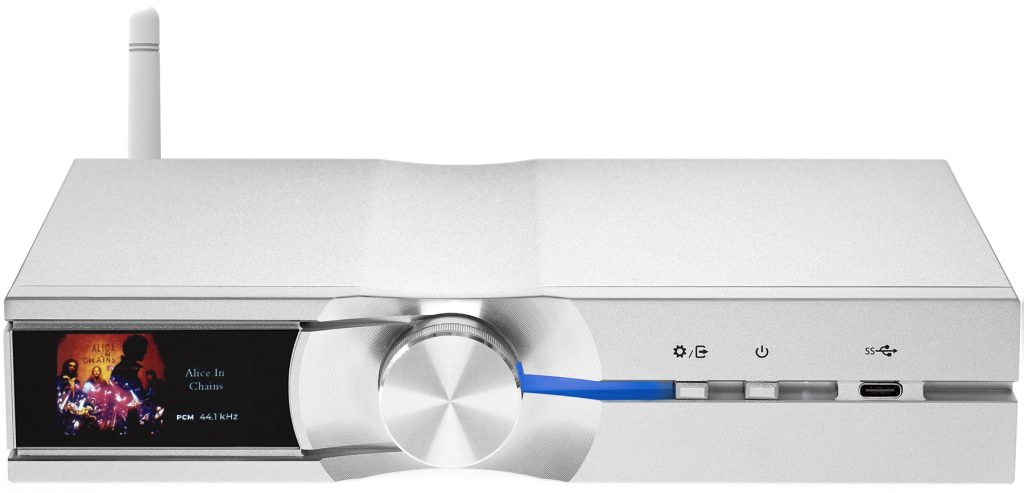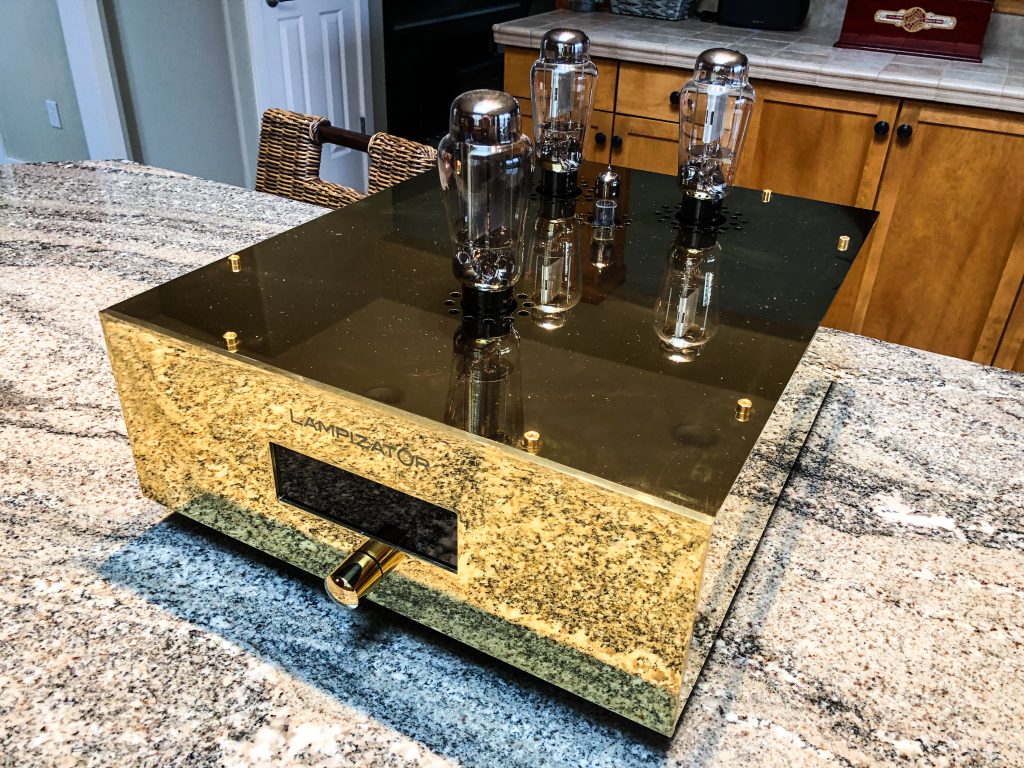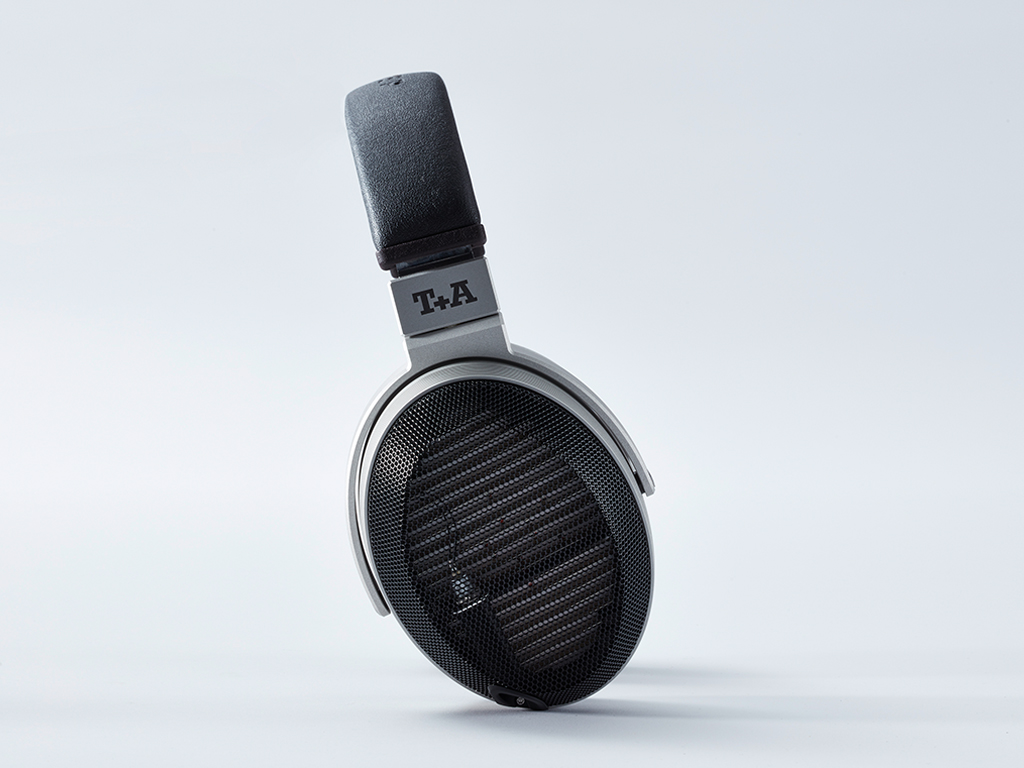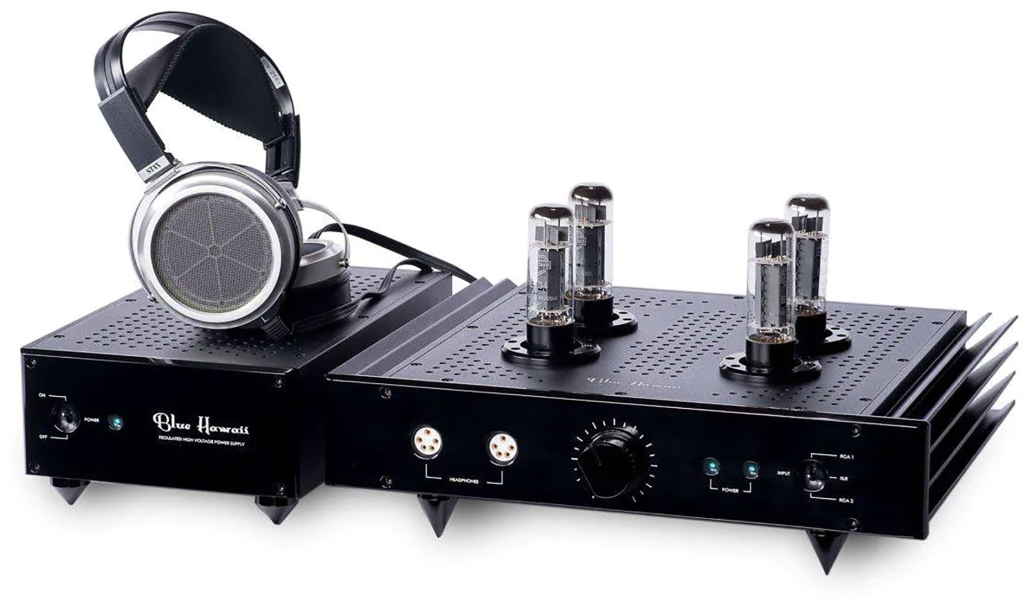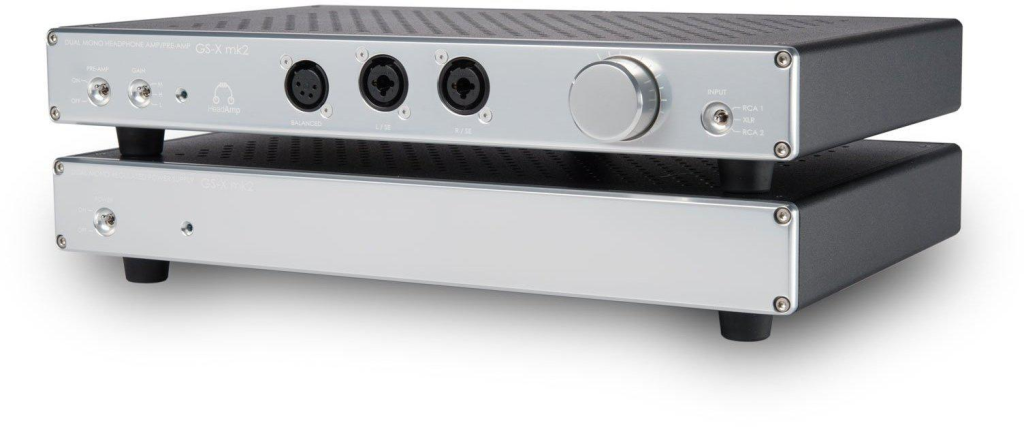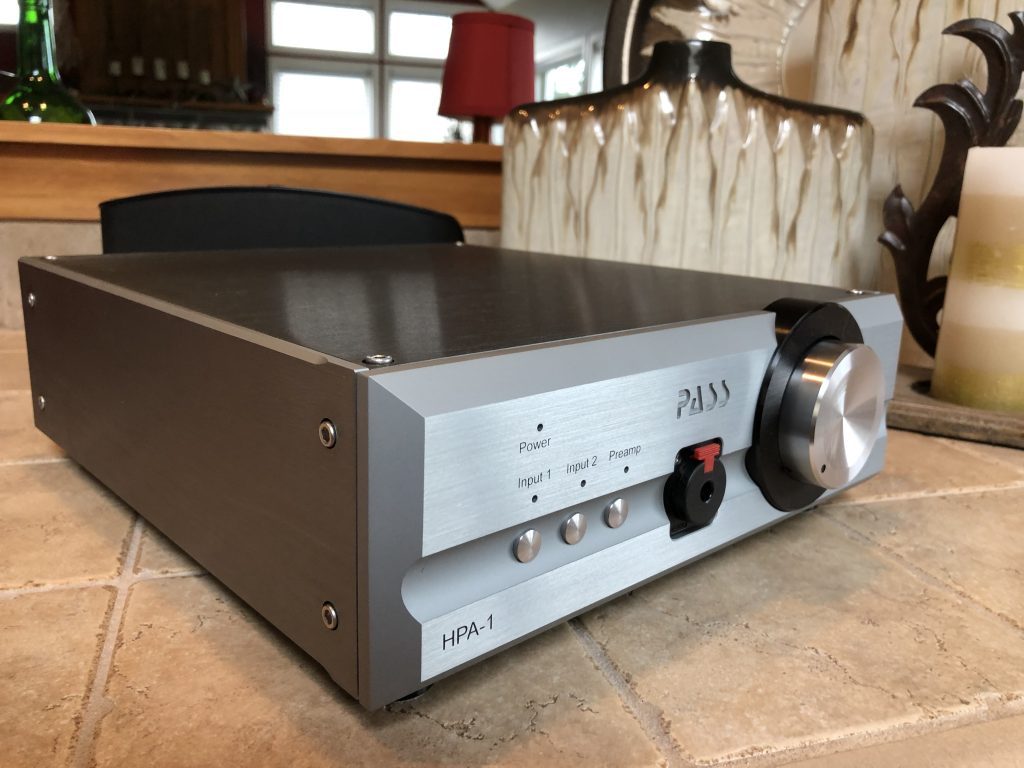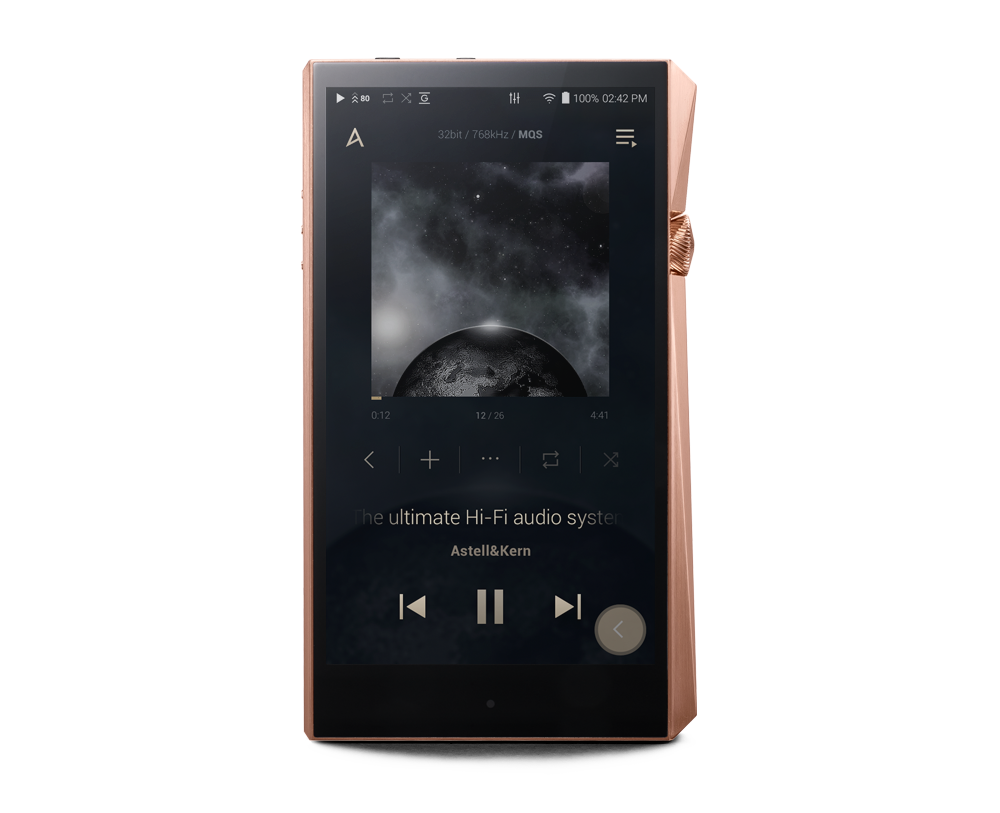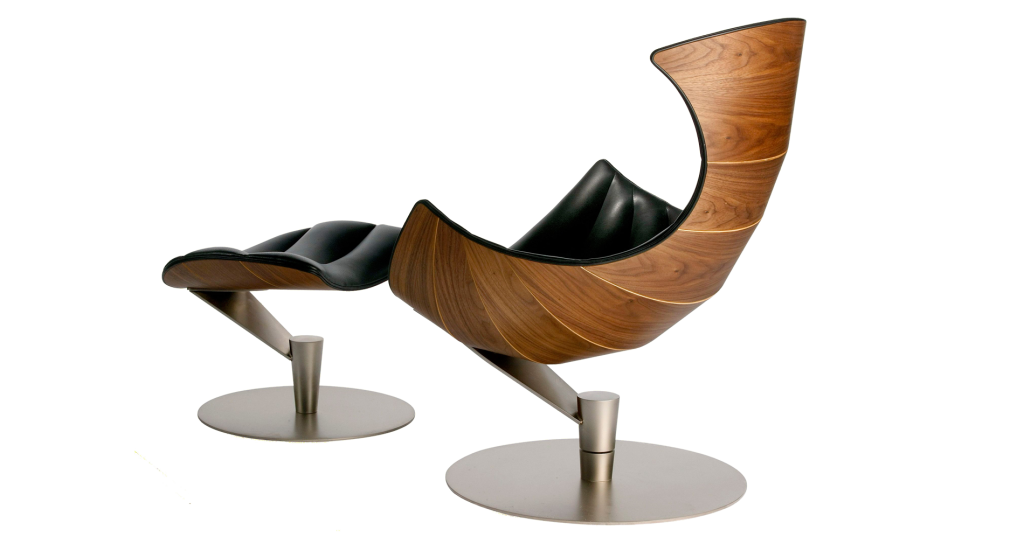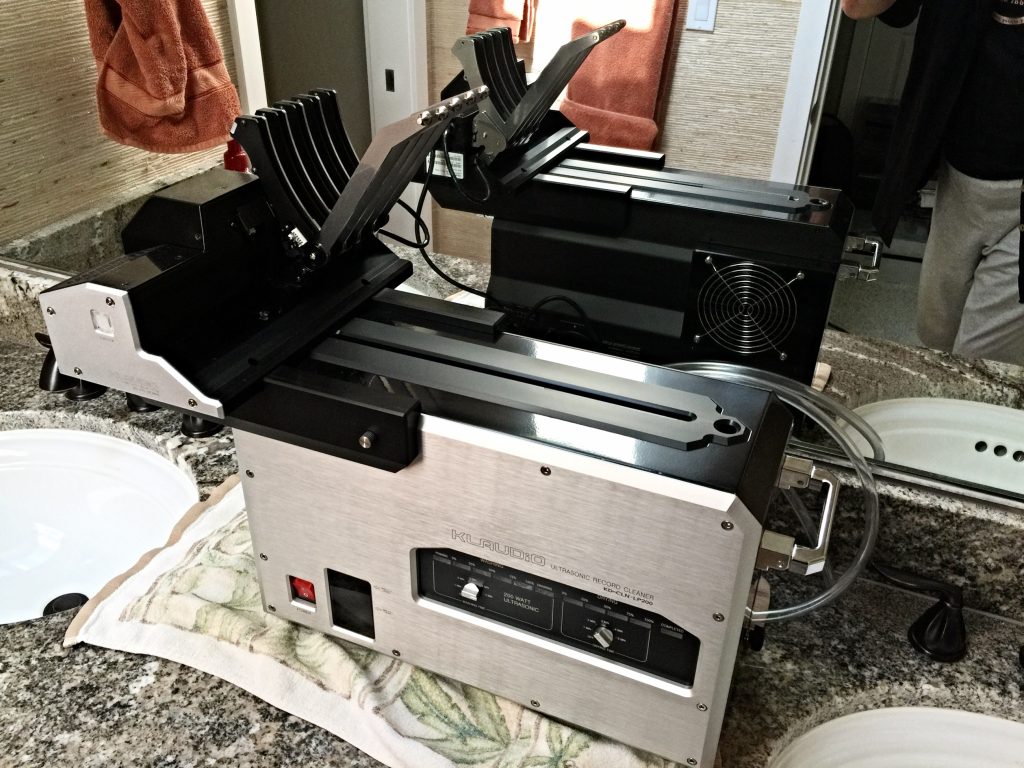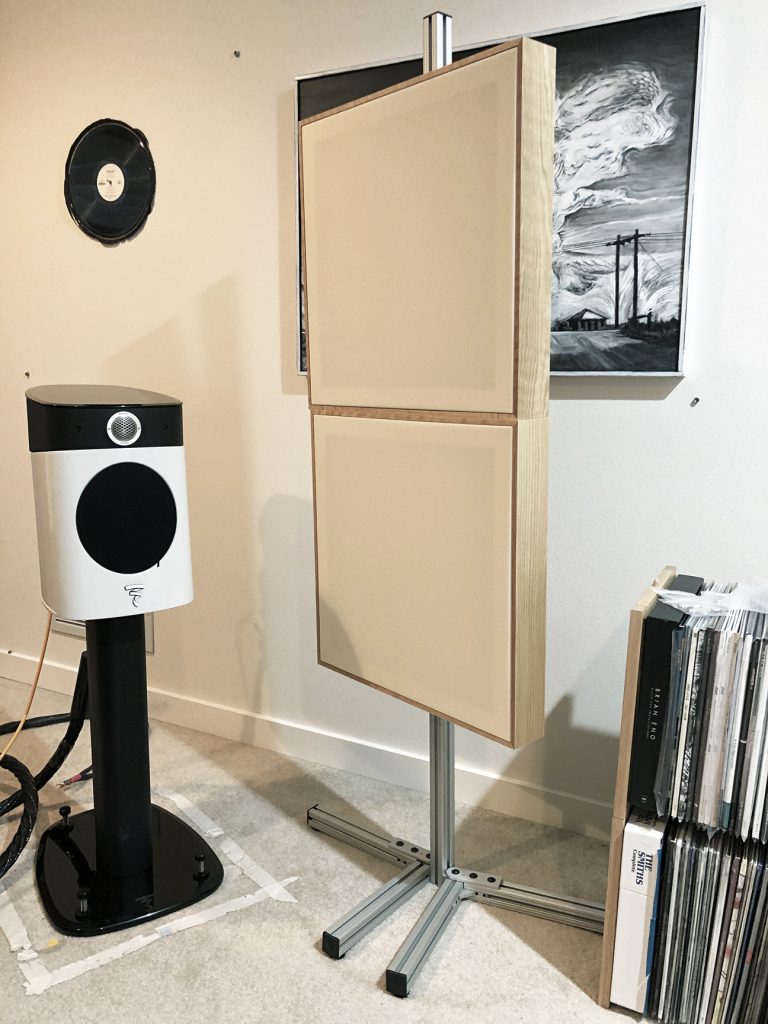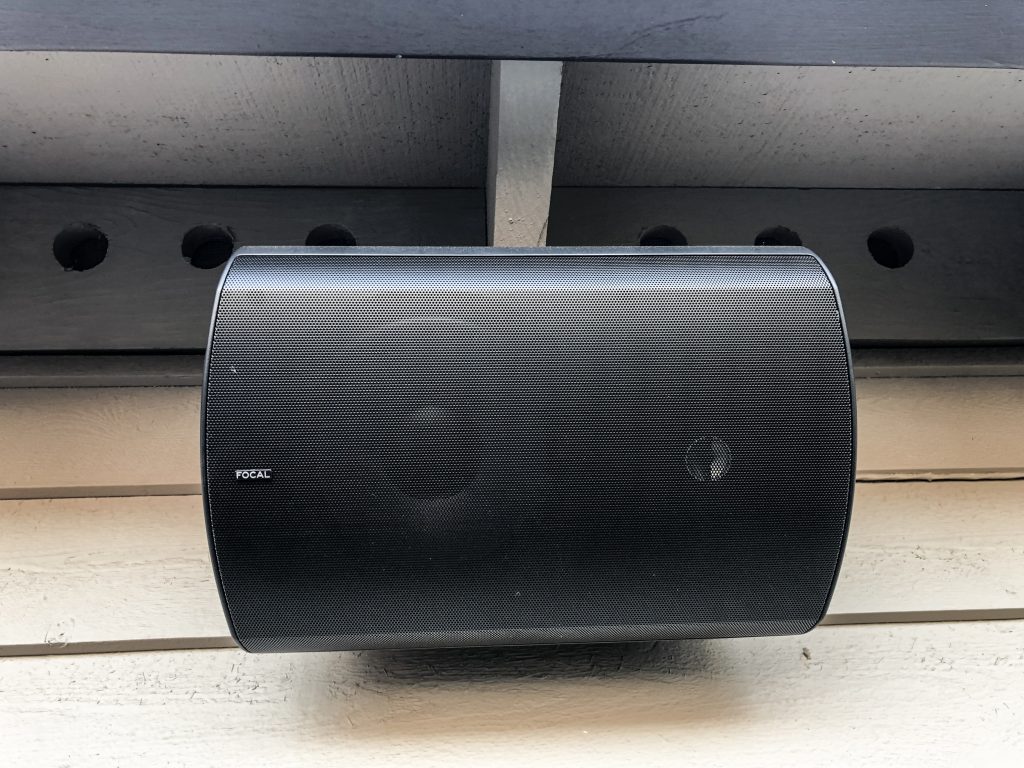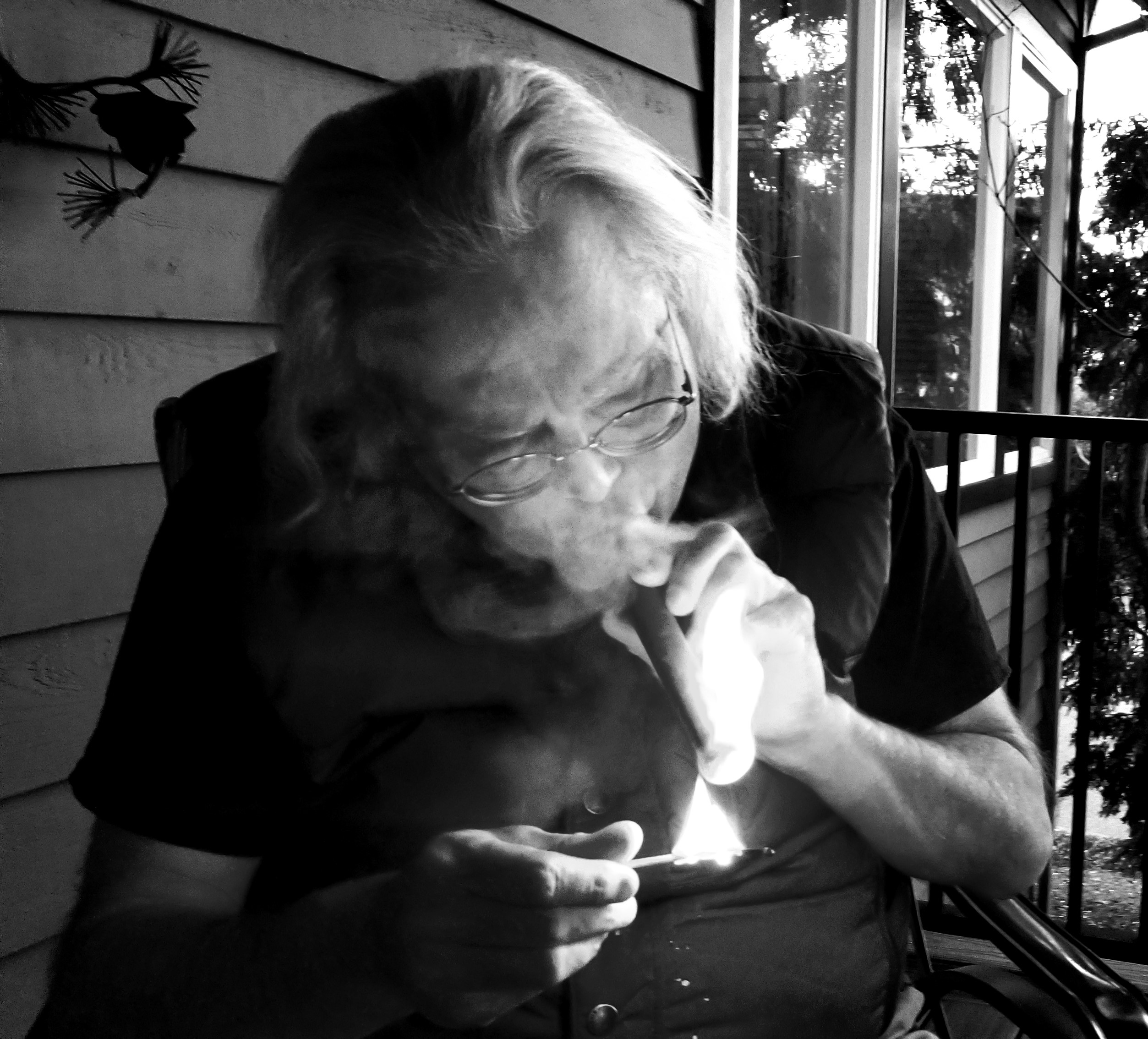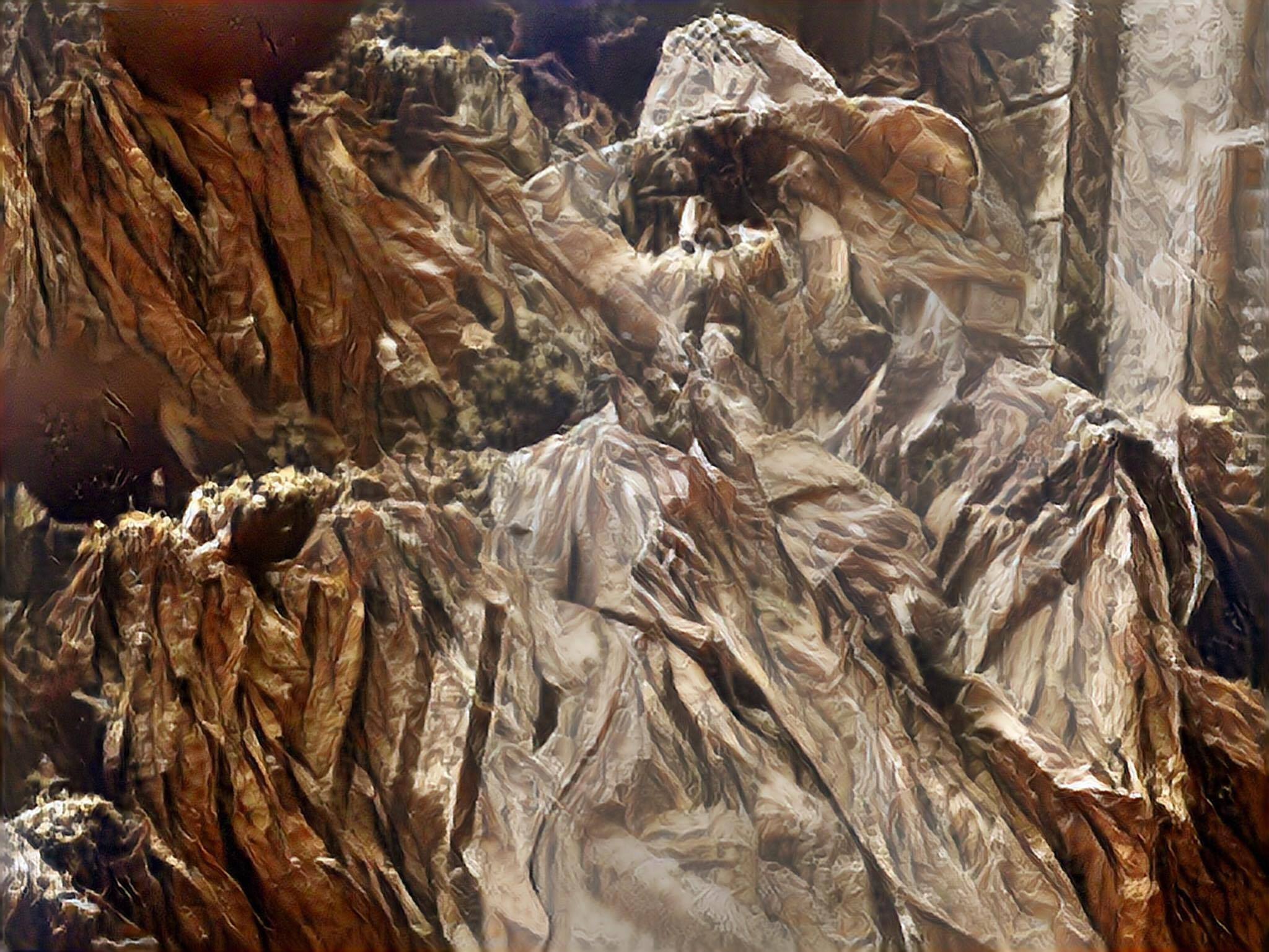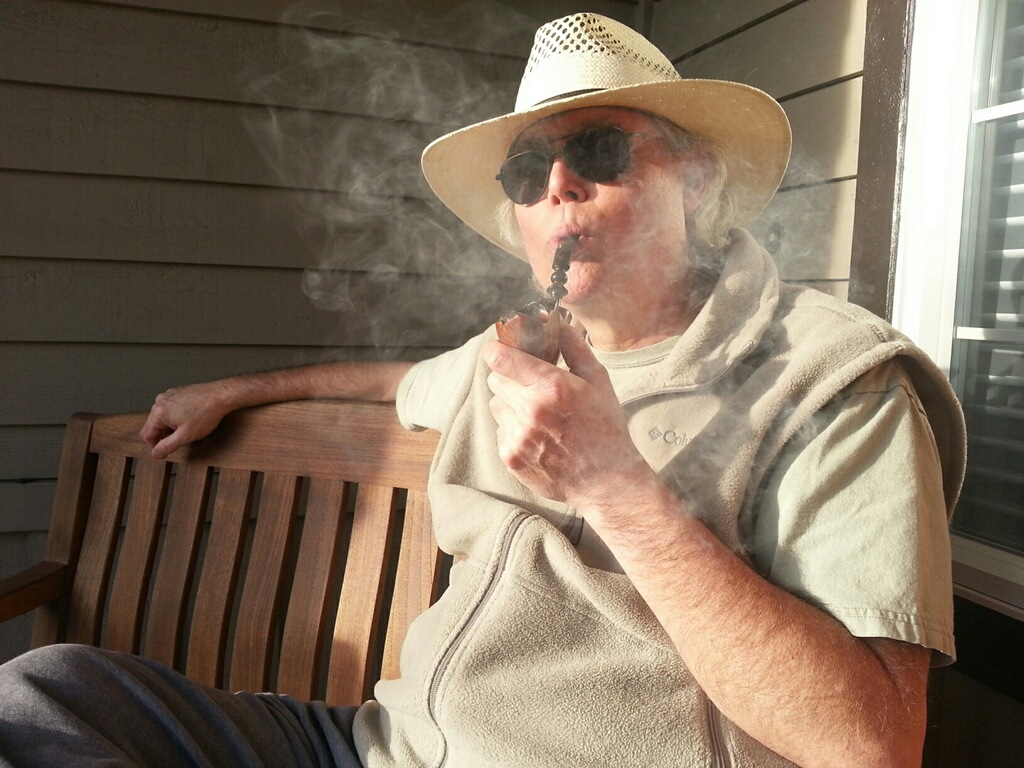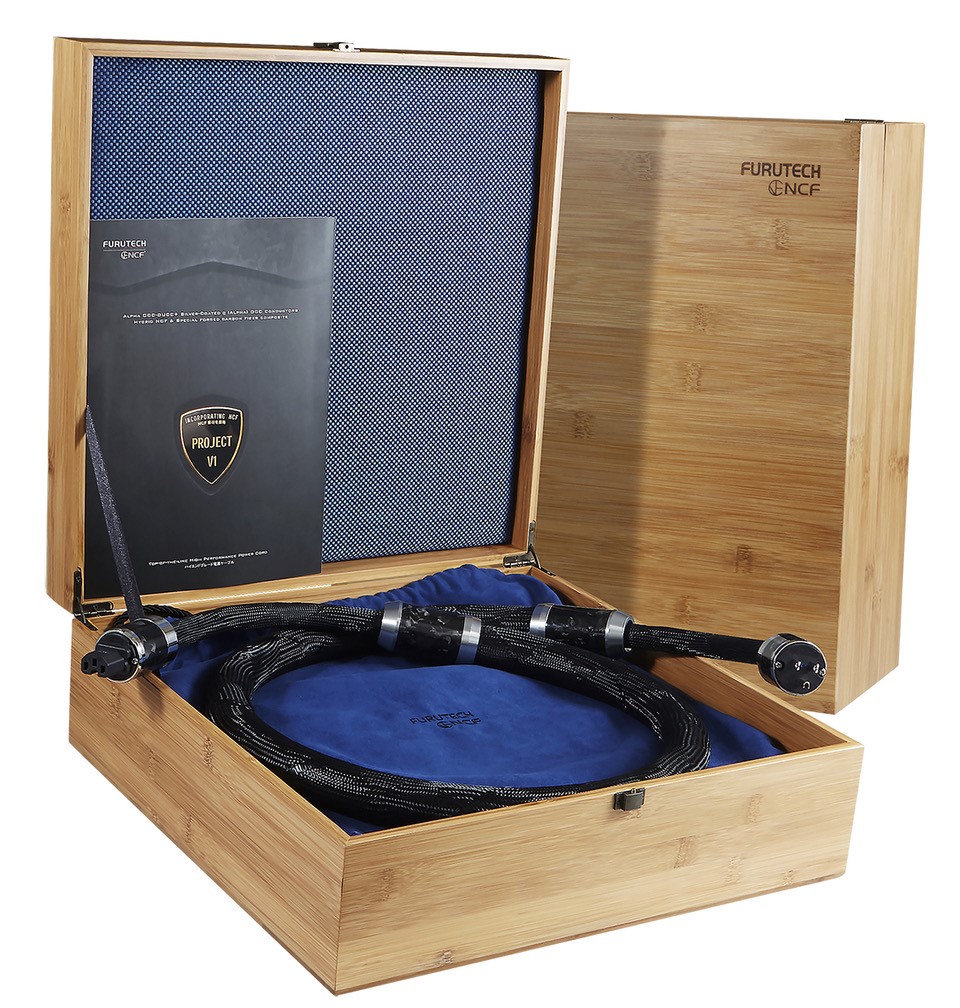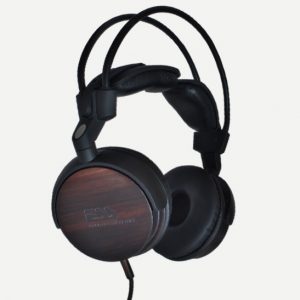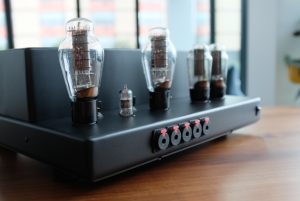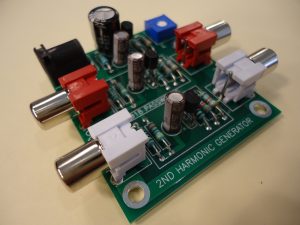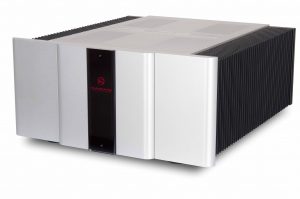Yon Olde Editor (portrait by John Robinson)
A prologue: of memories, music, and dreams…
To start: An extended and quite famous passage from Proust.
Just read it, it will do you good.
Many years had elapsed during which nothing of Combray, save what was comprised in the theatre and the drama of my going to bed there, had any existence for me, when one day in winter, on my return home, my mother, seeing that I was cold, offered me some tea, a thing I did not ordinarily take. I declined at first, and then, for no particular reason, changed my mind. She sent for one of those squat, plump little cakes called "petites madeleines," which look as though they had been moulded in the fluted valve of a scallop shell. And soon, mechanically, dispirited after a dreary day with the prospect of a depressing morrow, I raised to my lips a spoonful of the tea in which I had soaked a morsel of the cake. No sooner had the warm liquid mixed with the crumbs touched my palate than a shudder ran through me and I stopped, intent upon the extraordinary thing that was happening to me. An exquisite pleasure had invaded my senses, something isolated, detached, with no suggestion of its origin. And at once the vicissitudes of life had become indifferent to me, its disasters innocuous, its brevity illusory - this new sensation having had on me the effect which love has of filling me with a precious essence; or rather this essence was not in me it was me. I had ceased now to feel mediocre, contingent, mortal. Whence could it have come to me, this all-powerful joy? I sensed that it was connected with the taste of the tea and the cake, but that it infinitely transcended those savours, could, no, indeed, be of the same nature. Whence did it come? What did it mean? How could I seize and apprehend it?
I drink a second mouthful, in which I find nothing more than in the first, then a third, which gives me rather less than the second. It is time to stop; the potion is losing it magic. It is plain that the truth I am seeking lies not in the cup but in myself. The drink has called it into being, but does not know it, and can only repeat indefinitely, with a progressive diminution of strength, the same message which I cannot interpret, though I hope at least to be able to call it forth again and to find it there presently, intact and at my disposal, for my final enlightenment. I put down the cup and examine my own mind. It alone can discover the truth. But how: What an abyss of uncertainty, whenever the mind feels overtaken by itself; when it, the seeker, is at the same time the dark region through which it must go seeking and where all its equipment will avail it nothing. Seek? More than that: create. It is face to face with something which does not yet exist, to which it alone can give reality and substance, which it alone can bring into the light of day.
And I begin to ask myself what it could have been, this unremembered state which brought with it no logical proof, but the indisputable evidence, of its felicity, its reality, and in whose presence other states of consciousness melted and vanished. I decide to attempt to make it reappear. I retrace my thoughts to the moment at which I drank the first spoonful of tea. I rediscover the same state, illuminated by no fresh light. I ask my mind to make one further effort, to bring back once more the fleeting sensation. And so that nothing may interrupt it in its course I shut out every obstacle, every extraneous idea, I stop my ears and inhibit all attention against the sound from the next room. And then, feeling that my mind is tiring itself without having any success to report, I compel it for a change to enjoy the distraction which I have just denied it, to think of other things, to rest refresh itself before making a final effort. And then for the second time I clear an empty space in front of it; I place in position before my mind's eye the still recent taste of that first mouthful, and I feel something start within me, something that leaves its resting-place and attempts to rise, something that has been embedded like an anchor at a great depth; I do not know yet what it is, but I can feel it mounting slowly; I can measure the resistance, I can hear the echo of great spaces traversed.
Undoubtedly what is thus palpitating in the depths of my being must be the image, the visual memory which, being linked to that taste, is trying to follow it into my conscious mind. But its struggles are too far off, too confused and chaotic; scarcely can I perceive the neutral glow into which the elusive whirling medley of stirred-up colours is fused, and I cannot distinguish its form, cannot invite it, as the one possible interpreter, to translate for me the evidence of its contemporary, its inseparable paramour, the taste, cannot ask it to inform me what special circumstance is in question, from what period in my past life.
Will it ultimately reach the clear surface of my consciousness, this memory, this old, dead moment which the magnetism of an identical moment has traveled so far to importune, to disturb, to raise up out of the very depths of my being? I cannot tell. Now I feel nothing; it has stopped, has perhaps sunk back into its darkness, from which who can say whether it will ever rise again? Ten times over I must essay the task, must lean down over the abyss. And each time the cowardice that deters us from every difficult task, every important enterprise, has urged me to leave the thing alone, to drink my tea and to think merely of the worries of to-day and my hopes for to-morrow, which can be brooded over painlessly.
And suddenly the memory revealed itself. The taste was that of the little piece of madeleine which on Sunday mornings at Combray (because on those mornings I did not go out before mass), when I went to say good morning to her in her bedroom , my aunt Léonie used to give me, dipping it first in her own cup of tea or tisane. The sight of the little madeleine had recalled nothing to my mind before I tasted it; perhaps because I had so often seen such things in the meantime, without tasting them, on the trays in pastry-cooks' windows, that their image had dissociated itself from those Combray days to take its place among others more recent; perhaps because of those memories, so long abandoned and put out of mind, nothing now survived, everything was scattered; the shapes of things, including that of the little scallop-shell of pastry, so richly sensual under its severe, religious folds, were either obliterated or had been so long dormant as to have lost the power of expansion which would have allowed them to resume their place in my consciousness. But when from a long-distant past nothing subsists, after the people are dead, after the things are broken and scattered, taste and smell alone, more fragile but more enduring, more unsubstantial, more persistent, more faithful, remain poised a long time, like souls, remembering, waiting, hoping, amid the ruins of all the rest; and bear unflinchingly, in the tiny and almost impalpable drop of their essence, the vast structure of recollection.
And as soon as I had recognized the taste of the piece of madeleine soaked in her decoction of lime-blossom which my aunt used to give me (although I did not yet know and must long postpone the discovery of why this memory made me so happy) immediately the old grey house upon the street, where her room was, rose up like a stage set to attach itself to the little pavilion opening on to the garden which had been built out behind it for my parents (the isolated segment which until that moment had been all that I could see); and with the house the town, from morning to night and in all weathers, the Square where I used to be sent before lunch, the streets along which I used to run errands, the country roads we took when it was fine. And as in the game wherein the Japanese amuse themselves by filling a porcelain bowl with water and steeping in it little pieces of paper which until then are without character or form, but, the moment they become wet, stretch and twist and take on colour and distinctive shape, become flowers or houses or people, solid and recognizable, so in that moment all the flowers in our garden and in M. Swann's park, and the water-lilies on the Vivonne and the good folk of the village and their little dwellings and the parish church and the whole of Combray and its surroundings, taking shape and solidity, sprang into being, town and gardens alike, from my cup of tea.
Sourced from ww3.haverford.edu/psychology/ddavis/p109g/proust.html.
Proust is writing about the association between sensation, memory, and recall. Taste is a surprisingly powerful trigger for remembrance, as his incident with the madeleine illustrates. So is smell, touch, sight…
…and hearing. Hearing, too.
And thus, the connection to music. Those who wonder why music affects our souls so powerfully should reflect upon how many memories are bound up in the music of our past, how many associations of pleasure and pain are bound up so existentially with deeply embedded songs, compositions, and performances. These are always powerfully intimate, but are also shared cultural, even civilization-wide experiences. They may involve countless millions of people, all of whom will exclaim with pleasure, or lean back and dream when that song, that movement, or that performance is heard yet again.
This is particularly so since the advent of the audio arts, with its effective genesis in the first several decades of the 20th century, but arriving with ever-increasing power in the 1950s and thereafter. What we call "pop culture" is no more than a label for this immensely potent, growing mass consciousness of music shared, music centering human generations, and music stating the things that bind us together, or drive us apart in cultural cleavage.
Sometimes even violently so. This is just as true of Bob Dylan, The Beatles, The Ramones, The Sex Pistols, and Alternative Rock in general as it was for the shocked Parisians who heard Stravinsky's Le Sacré du Printemps for the first time in 1913, many protesting quite loudly. Musical watersheds, signifying new creative ways, have become cultural whitewaters, although Mozart could have told you that this was nothing new under the sun.
Music, experience, and memory.
It's the heart of all true passion in high-end audio.
By "passion" I do not mean the obsessive-compulsive gadget buffs, or the shallow possessivism of mere collectors. (Ever collecting, but never able to come to a knowledge of the truth.) Both types may be seen wandering about at audio shows with a few miserable "reference albums" under arms, or avoiding anything new, or lodged in endless arguments about the latest-and-greatest on audio discussion boards.
No, I mean connecting with music at the level of soul: experience, emotion, and deep memories. Shouting about the then, in the middle of the now.
Sing it, Sir Van!
…Take me back, take me back, take me back
Take me way back, take me way back, take me way back
Take me way back, take me way back, take me way back
Take me way back, take me way back, ah!
Take me way, way, way, way, way, way, way back, huh!
Help me un, help me understand
Take me, do you remember the time darlin'
When everything made more sense in the world (yeah)
Oh I remember, I remember
When life made more sense
Ah, ah, take me back, take me back, take me back, take me back
Take me back, take me back, take me back, take me back
Take me back (woah) to when the world made more sense
Well there's too much suffering and confusion
And I'm walking down by the river
Oh, let me understand religion
Way, way back, way back
When you walked, in a green field, in a green meadow
Down an avenue of trees
On a, on a golden summer
And the sky was blue
And you didn't have no worries, you didn't have no care
You were walking in a green field
In a meadow, through the buttercups, in the summertime
And you looked way out over, way out
Way out over the city and the water
And it feels so good, and it feels so good
And you keep on walking
And the music on the radio, and the music on the radio
Has so much soul, has so much soul
And you listen, in the night time
While we're still and quiet…
Songwriter: Van Morrison
Take Me Back lyrics © BMG Rights Management
Great headphone experiences and memories started by in 1969, when I first heard a pair of Koss Pro-4A 'phones on my very good friend Steve Bell's system at his place in Walnut Creek, CA. Actually, it might have been his twin brother Jeff's system, come to think of it. As I recall, it was a Garrard turntable, a gorgeous Marantz tubed tuner-amp, and…I think…a pair of AR-3a loudspeakers. Good stuff for the time, for sure.
I can remember, like yesterday, Steve telling me to put the Pro-4A 'phones on, lay down on his brother's bed, and close my eyes. When I did, he cued up the copy of The Beatles Abbey Road. The next thing I knew, the glorious opening of "Come Together" hit me like a tidal wave. Killer bass; layers of music; all happening inside my head. I had never even suspected that headphones could sound anything like this. I found myself just relaxing into the flow of the music, awestruck at soul with the beauty of the music, and the floodtide that I was feeling.
"WOW!" said I.
Steve just smiled, and nodded at me. He knew.
Los Tres Amigos: (left to right) John Bengtson, Steve Bell (who introduced me to the Koss Pro/4As), and Ye Olde Editor enjoying some fine cigars on my 50th birthday. Friendship, memories, and music going back 35 years...and that was then.
I've never forgotten what I felt at that time. Never.
Ye Olde Editor in Sao Paulo, Brasil, 1970, with his own pair of Koss Pro/4A headphones in the background, next to his trusty Sony TC-630 Tape Recorder, mic stand intruding. This would have been about a year after the encounter with Abbey Road via the Koss Pro/4A headphones…. (Photographer unknown)
Like Proust's madeleine cookie, hearing Abbey Road that way left a permanent wave in my soul, one that I hearken back to, even as the technology has changed over time. Any time that I listen to headphones since then, I look to reconnect to that time when I was fifteen years old, the audio world was new to me, and soul would fly at lightest true breeze.
Because no matter how old I am, I am still that youth, and am still there and then, at the same time that I'm here and now.
And anything that takes me forward to back then will make me smile.
Onwards…
…to a continuation of my consideration of more headphones here and now, and the amplifiers thereof.
As I've said before, it's obvious that headphones and headphone amps cannot be evaluated in isolation. Extended reviews require that the wise reviewer make a choice as to a superior match between two components,
The past year has been a bumper crop year for reference-level personal fi and headphones. I've already commented on two other exceptional headphone/amp combinations in the past few months. The first was the utterly seductive two-box Class A SET-based Ayon Audio HA-3 Headphone Amp, paired with the smashing Focal Utopia beryllium driver headphones, which I wrote about last November in Issue 100…you'll find it HERE.
The second was my recent write-up of the STAX SRM-T8000 single-box hybrid headphone amplifier, paired first with the open-back electrostatic STAX SR-009, and then with the newer STAX reference open-back electrostatic headphones, the SR-009S. As I observed, STAX's movement from the earlier single-box all-tube SRM-007tII to the more potent and revealing single-box hybrid configuration of the SRM-T8000 was a design coup that really added more foundation to the traditional STAX electrostatic virtues of spaciousness and detail. The SRM-T8000 plus the SR-009S was a new high for STAX in my book; see my more detailed impressions from earlier this month elsewhere in Issue 101, right about HERE.
Image courtesy of the manufacturers
Now I turn my attention to my take on a third headphone/amp pair: the HeadAmp Blue Hawaii Special Edition reference headphone amp, driving the MrSpeakers top-of-the-line VOCE reference open-back electrostatics. Both are well-known in the world of personal fi, and represent another world-class alternative for those looking for the very best in high-end headphone/amp performance. Given this fact, I determined to seek the tandem for extended listening here at PF River-City-and-up-the-hill.
My initial contact was with Dan Clark of MrSpeakers. Dan is a great fellow, and is the gifted designer of the MrSpeakers line. The VOCE is his current crème de la crème, and it was my only target of interest for this project, since I was most interested in exploring the fave waves about its pairing with the Blue Hawaii. Dan and I have had contacts over time with one another via Facebook, but it was the first time that I had approached MrSpeakers for a review sample. Dan was immediately interested, however, and willing to ship the VOCE here for an extended listen. Good man, Dan!
Dan in turn helped me to connect with Peter James, the Sales and Marketing Manager for HeadAmp, a thriving high-end audio manufacturing and sales company located in Charlottesville, VA. I hadn't had prior contact with Peter, but he turned out to be another helpful person, very interested in contributing to this project. He arranged to send one of HeadAmp's Blue Hawaii Special Edition headphone amps my way, which arrived shortly after AXPONA 2018, last April.
The VOCE's got here not too long after the Blue Hawaii. Since the standard 2 meter headphone cable was not quite long enough for my reference office setup, Dan hotfooted a three meter MrSpeakers cable that was just right. Make sure that you specify a sufficient length, should you order a pair of the VOCE's yourself.
By early May of 2018, I was set.
Specifications
Image courtesy of HeadAmp
Before digging in on the rest of my notes, here are the specs for the Blue Hawaii Special Edition and the VOCE's.
From the HeadAmp Web site:
Electrical
- Type: Low noise dual JFET input; 4x EL34/6CA7 vacuum tube output
- Frequency Response: 5Hz-20KHz +/- 0.3dB
- THD Crosstalk: 0.003% @ 1KHz/100VRMS
- Gain: 54dB (500x)
- Input Impedance: 50K ohm
- Output Voltage: 1600V peak-to-peak
- Line Voltage: 100V, 115/120V, 230/240V
- Power Consumption: 180W
Mechanical
- Inputs: 1 XLR, 2 RCA
- Outputs: 2 Teflon Stax Pro Bias (580V) headphone jacks, 1 XLR/1 RCA loop output
- Dimensions – Amplifier: 15.5in [394mm] W x 13.5in [343mm] D x 8.5in [216mm] H (with tubes installed)
- Dimensions – Power Supply: 7.7in [195mm] W x 12.5in [317mm] D x 4.5in [114mm] H
- Weight – Ampifier: 14lb [6.4Kg]
- Weight – Power Supply: 17lb [7.7Kg]
- Power Cable: 4ft [1.2m] (connects power supply to amplifier)
From the MrSpeakers Web site:
- Model: VOCE
- Driver Type: Electrostatic
- Driver Size: 88mm
- Capacitance with 2m Cable: 135pF
- Weight: 370 gr
- Ear Pad Material: NAPA Lamb Leather
- Shipping Dimensions: 18x14x19
- Shipping Weight: 8 lb
- Frequency Response: Flat to 6Hz (MrSpeakers avoids further frequency specs due to gamesmanship with this number)
MrSpeakers features list also includes:
- Super-large 88mm diaphragm for extended low frequency output
- 2.4 micron driver, optimized for stability and resolution
- Fully dust-shielded driver
- Ultra-thin metal stators for superior sound
- MrSpeakers' signature NiTinol memory metal headband for exceptional comfort, light weight and durability
- Detachable custom fabricated silver-plated copper cable that is non-microphonic, round and super-supple, yet low capacitance
- Proprietary machined Teflon amplifier plug with machined aluminum housing, gold plated solid copper pins and a machined aluminum headphone connector
- 580V "Pro-bias" compatible for use with any Stax-pro compatible amplifiers
- Italian Napa leather ear pads
- Vat-dyed US made leather headband
The VOCE also comes with a beautiful and very functional wooden storage case that protects during shipping and doubles as a handsome display case. Killer, this!
The initial visual and physical impressions that I had with these components were extremely favorable. The Blue Hawaii, which arrived first, was finished in black (other colors are available), and was a heavy, sturdily constructed two-box configuration. The power supply was hefty, and required care to hoist out of its shipping materials.
Photograph courtesy of HeadAmp
You know: As in Jurassic Park (www.dailyscript.com/scripts/jurassicpark_script_final_12_92.html):
GENNARO
Hey! Where did you find those things?
TIM
In a box under my seat.
GENNARO
Are they heavy?
TIM
Yeah.
GENNARO
Then they're expensive. Put them back.
You remember that!
All other things being equal, heavy is good.
The Pipeline
Music in audio has a pipe, and the nature of that channel determines what comes out of the other end. To experience the Blue Hawaii and VOCE tandem, I used input sources that included my ModWright-modified two-fox OPPO BDP-105 Universal Player with tubed stereo output and its PS 9.0 tubed power supply for the output stage. I also used the exaSound PlayPoint Mk. II Network Audio Player, with its output flowing to the exaSound e32 Mk. I Quad DSD DAC. The output cables to the Blue Hawaii included (at various times, and according to mood) Skogrand Beethovens, JENA Labs Symphony (my old trusty-rusties), and Kubala-Sosna Elation cables. Later, I standardized on a two-meter pair of Ted Denney's amazing Synergistic Research Galileo UEF cable, with silver filters.
For power, I used both a Skogrand Beethoven Power Cable, and a Kubala-Sosna Elation! cable. Power was distributed via a Furutech Daytona 303 Multi-Mode Power Filter, itself using a Furutech Powerflux AC cable running to a GTX-D NCF Dual AC Receptacle and 105-D NCF AC Cover Plate (120V/15A). To isolate the Blue Hawaii sonically, I used a Walker Audio Prologue Amp Stand (in Maple) and its Valid Points.
For sources, it was the standard mix of audio incoming: SACDs, terabytes of Single/Double/Quad DSDs from LAN-based or locally attached hard disk drives. These were queued up by JRiver's Media Center 22 (later 24) on our HP i7 Windows 10 notebook music server (8 GB RAM). Rounding out, Roon plus Tidal HiFi served up PCM, mainly at 44.1kHz in .FLAC files. (This is Tidal's idea of "high resolution." Not mine.)
Altogether, a very solid chain for checking out the performance of the Blue Hawaii/VOCE link-up.
One minor problem, though. As I mentioned earlier, due to the layout in my office reference system, the standard two-meter headphone cables that come standard with the VOCEs was just a bit too short. No sweat, though. I contacted Dan Clark at MrSpeakers, and he sent me their optional three-meter cable, which can be ordered at the point of sale. The changeover was quick and easy; crisis averted.
The Sound, Part 1
I burned in the initial setup with the stock EL-34 tubes for most of a week, with the ModWright OPPO BDP-105 set to disc-repeat mode for a series of SACDs. Periodically, I would change the disc, putting in varieties of musical genres into play from our SACD library here. During that time, I started out with a variety of discs that generally had high dynamic range, extended high-end, and complex harmonics. Lots of Analogue Productions RCA Living Stereo recordings, Mercury Living Presence SACDs, some Deccas, a pile of Audio Fidelitys, some Universal Music Japan SHM-SACDs…the usual suspects.
Over the years, I have found that the Analogue Productions RCA LS reissues of Stokowski Rhapsodies and the Resphi Pines of Rome/Fountains of Rome are unbeatable for audio break-in.
If you're of a more Jazzic sensibility, then the Analogue Productions reissue of the Masterpieces by Ellington can't be beat. Mono or no mono, this is vast, expansive jazz that is one of my absolute references. The SACD is extremely well done, and pushes the envelope for great transfers.
The Audio Fidelity SACD of Blade Runner is killer. And as a system workout, it combines haunting music with first-rate production values. I really do miss Audio Fidelity. Big bass, scintillating transients, spoken passages, and massive Vangelis moments all over the place.
If you don't have this SACD, then you should grab it.
Another AF SACD that helped to break-in the VOCE/Blue Hawaii combo: Poco's Pickin' Up The Pieces. The album has been a favorite of mine since 1970, and remains a recording that I return to again and again. Great rhythm, excellent detail on the guitars, and really fine music, during the transitional time that the USA was responding to the British invasion via groups like Poco.
Image courtesy of MrSpeakers
My impressions right out of the box were extremely favorable. The VOCE headphones were spacious, nicely adjustable, and quite comfortable. In reference headphones, this is of particular interest to me, and ought to be to you…if you can't wear headphones for long, suffer "headphone headache and hangover," and have to bail out after short stretches, then something's wrong. All of the best headphones that I know and have used (Focal, STAX, Sennheiser, Grado, and Audeze, for example) have superior ergonomics, and allow for longer listening sessions without causing user discomfort. The VOCE 'phones were obviously in the first rank here. They're solid, but not heavy, and don't make my ears feel like they're rolling the rock of Sisyphus endlessly up the audio mount.
And the great stronghold of open-back electrostatic headphones…the great sense of spaciousness, air, and detail…were simply fantastic, and were being authoritatively driven by the HeadAmp Blue Hawaii. Dan Clark's recommendation of the Blue Hawaii was obviously right on, with the tandem spilling over with killer mojo. Lawdy Miss Clawdy! The music was dancing in a headspace, and not simply confined to too-tight and too-local ear zones.
And this was shortly after things started to warm up for the first time. Caramba!
By the time I got to week two, I was moving beyond casual listening to more focused, evaluative work. These initial sessions confirmed my optimism from the initial sets: The Blue Hawaii/VOCE were one of those all-too-rare matchups that synergized in spades, and acted as though they had been designed by a single team, instead of two different companies. As time went on, my later sessions kept confirming what I had noticed right out of the blocks…that I was experiencing audio greatness.
The combo produced an excellent sense of transparency and spaciousness. I was knocked out by the details that I was hearing on SACDs like my Analogue Productions RCA of Scheherazade, as well as its wonderful dynamics. At no point did the VOCE bottom out, nor did the Blue Hawaii ever sound like it was straining. Just effortless music, rendered with aplomb. Dynamics spilling over, and not sounding thin on the bass end…just clean and tight.
The Japanese full-size packaging limited edition SACD of Yes Big Generator…big sound, big bass, and tightly controlled with the VOCE/Blue Hawaii.
Yes's Big Generator was reissued in 2017 as a Japanese SACD in primo 7" packaging. When I first heard this upon its release in 1987, I was really struck by the slam and dynamics of the album…and that was on CD. This SACD leaves the original CD way back in the rear-view mirror. Fire it up via the Blue Hawaii/VOCE audio gateway, and get ready for blammo-slammo! The energy and power of this recording is well-rendered and comfortably housed within your head as the music flows. I just sat back and took it in, thankful that our Japanese friends have such wonderful sensibilities as to continue to issue reference-grade SACDs for those who have ears to hear. Domo arigato!
But there was more. Before I could complete my impressions of the Blue Hawaii/VOCE, I would need to take another step.
No, I didn't resist a bit of tube rolling…
Most all tube designs have a very cool and natural additional dimension to the pleasure of ownership…the ability to do tube substitutions, where possible. One can get into the fine-tuning of your sound by sourcing some elegant and well-built alternative tubes in current production. Or you can go even further, and start researching/sampling New Old Stock (NOS) tubes. There are a handful of companies that specialize in finding and selling tubes that were built back in the good ol' days of the tubes of yore, when they were in constant use because solid-state hadn't yet swamped most amplification applications. (Except in guitar amps…all the best guitar amps were, are, and will always be tube-based, chilluns.)
Image courtesy of Tube Audio Store
If you're interested in doing some tube rolling with top-notch NOS tubes, you'd be hard-pressed to beat Roger Modjeski's first-rate tubes and his tube-matching services. Roger's a great guy, with long experience with high-end tubes and tube designs. He was very helpful and friendly, and said that he'd get me the best set of four Siemens EL-34's that he could find in his current inventory. Check out the NOS Siemens EL-34 tube that I purchased at www.tubeaudiostore.com/elpremgrad.html. Not cheap at northwards of $600 retail per hand-matched set of four (prices vary; check Roger's site for current pricing), but quality tubes like these will definitely put the light in your eyes and the glow in your soul. Note that NOS tubes carry a 90-day warranty…but mine set of four has functioned flawlessly and over hundreds of hours since their installation.
The Sound, Part 2
Image courtesy of MrSpeakers
Speaking of which, my final impressions of the performance of the Blue Hawaii will be based on the NOS EL-34 configuration, which I definitely preferred to the stock glass. Not that the stock glass is mediocre, by the way…it isn't, being clean, clear, and detailed.
But the addition of Roger's NOS EL-34s took the game to a whole new level.
The Siemens brought an even greater sense of detail than I had experienced with the stock tubes. Transparency, that fundamental audio virtue in my book, took a step forward. The improvements with all recordings also included:
- An enhanced sense of space
- Better atmospherics, with improved high-frequency extension
- A richer sense of harmony
- An organic sense of all frequencies being better integrated, especially in classical music
- The excellence of EL-34 tubes, only taken to a higher level in the glowing gorgeousness of music, without losing any of the control along the way.
Naturally, the fact that the ModWright OPPO BDP-105 with its bevy of tubes in the power supply and its analog output certainly helped the quality of the sound, and embraced the HeadAmp Blue Hawaii downstream like long-lost kin. Seven tubes in front of the VOCE headphones…yes, brother, yes!
Anyway, the truth of my summary can be heard quite well by using one SACD that's become a real favorite of mine: the glorious recording of Linda Ronstadt's What's New from Warner Japan. Originally released in 1983, this album has the richest, most luscious orchestral arrangement of Ronstadt's performances from the great American songbook that I've ever heard. I also own the LP, which is likewise killer for both performance and sound. Linda Ronstadt never sounded better to me, and the album is no less than ravishing!
Via the Blue Hawaii/VOCE pipeline, I was absolutely knocked out with every song. And why not?! With great songs like "What's New," "What'll I Do?", and "Someone to Watch Over me," plus six more, I was able to luxuriate in what Linda's music was doing to me. The open spaciousness and remarkable detail that I was hearing was hard for me to believe.
The Japanese SACD of Suzanne Vega's first recording, Suzanne Vega, originally released in 1985.
Or listening to the haunting and delicate edginess of Suzanne Vega on a recently-released SACD from Stereo Sound publishing (licensed from Universal Music), a record that really knocked me out back in the middle '80s. Wispy, ethereal, but organic and real, and lyrics that floated in the world of alienation and pain, Vega hit me like a bomb at the time. She still does now. The emotions of then were inescapable with the VOCE over my ears, the Blue Hawaii pumping the music, clamping me into an existential moment. I was in the then from the now…from a more mature heart and spirit.
In fact, I discovered that it didn't matter what SACD I listened to, or what genre: I always discovered new glories, both small and great, as I listened to the Blue Hawaii/VOCE combination. Everything sounded really great, and I was comfortable, for hours at a time.
Synergy spilling over, inside my head and my heart…oh, yes. There was no doubt that I was going to rave about this combination…none at all.
Final thoughts…
After months of listening, and working for quite a long time on this essay, I had loose ends that I had to connect. The experience of listening to SACDs via the Blue Hawaii/VOCE pairing was taking me to a soul-place that I couldn't quite put my finger on. Why was I enjoying this headphone/headphone amp so especially? Why was I suddenly thinking again of those days, decades ago, when Abbey Road over the Koss Pro/4As overwhelmed my mid-teen heart?
Thinking about what the HeadAmp/MrSpeakers experience made me feel, searching for what I was missing as I wrote about it, that really important realization…what was it?!
And then I remembered Proust, the tea, and the madeleine cookie.
The streams of memory, sense, and sensibilities…the linkage of the things taken in to the À la recherche du temps perdu.
"The search for lost time," or, as it is more usually translated in the English, "The remembrance of things past."
And now impression leading to expression here: past and present joining hands in my soul.
I am still there, laying on that long-ago bed, Koss headphones on head, tubes glowing, turntable spinning, and having my first encounter with The Beatles "Come Together" in a way that I had never heard music before, scarcely believing what I was hearing and feeling. It was the Blue Hawaii and VOCE that was taking my heart back decades, to Walnut Creek, CA, and that mystical listening session. Time was wiped out; the emotions were an immediate bridge between my soul then, and my soul now.
This is the highest compliment that I can pay these components. The NOS-equipped Blue Hawaii feeding the VOCE headphones, a match made in heaven, lifted my musical delight with my headphone experience to a Proustian height.
I can't say what they might do for you, but I can testify what they did for me. If this is the sort of transformational experience that you're looking for with headphones, then hear me: You must investigate the union of the HeadAmp Blue Hawaii and the MrSpeakers VOCE Electrostatic Headphones.
You just might find that…like me…they take you to musical places of the heart that you might have forgotten about.
And what can be higher and better than that?
HeadAmp Blue Hawaii Special Edition Two-Box Electrostatic Headphone Amplifier
Retail: $5999 - $6879, depending on configuration
MrSpeakers VOCE Open-Back Electrostatic Headphones
Retail: $2999.99
EL-34 Siemens NOS custom-matched from RAM Labs/Music Reference, currently $175 per tube, with a set of four required for the HeadAmp Blue Hawaii SE, totaling $700. Call for updated pricing.
HeadAmp Audio Electronics, Inc.
888.674.3665
MrSpeakers
3366 Kurtz Street
San Diego, CA 92110
619.501.6313
RAM Labs/Music Reference
San Pablo, CA
805.687.2236
Photographs and image processing by David W. Robinson, unless otherwise indicated. Drawings by Dan Zimmerman; classic Alice in Wonderland drawing by Sir John Tenniel, in the public domain.




